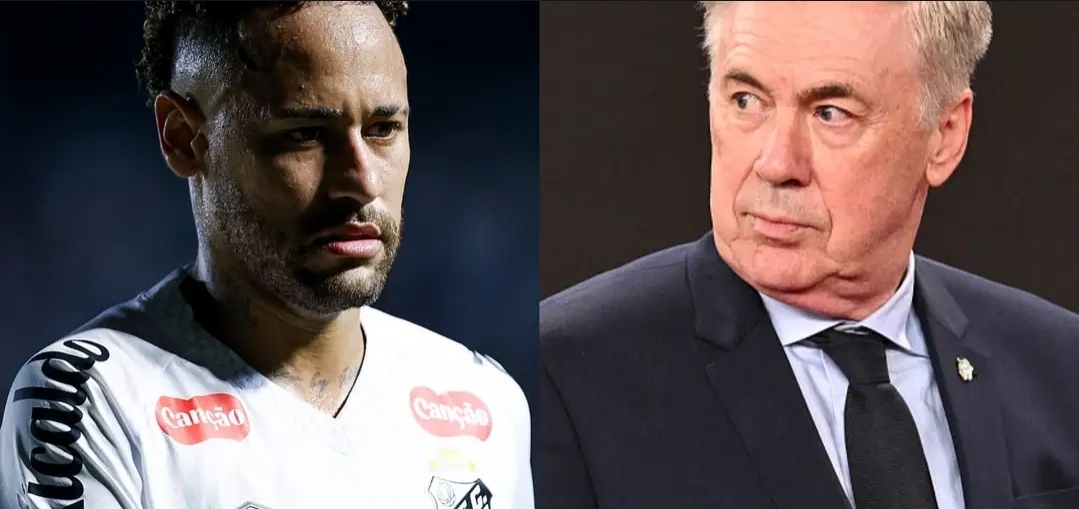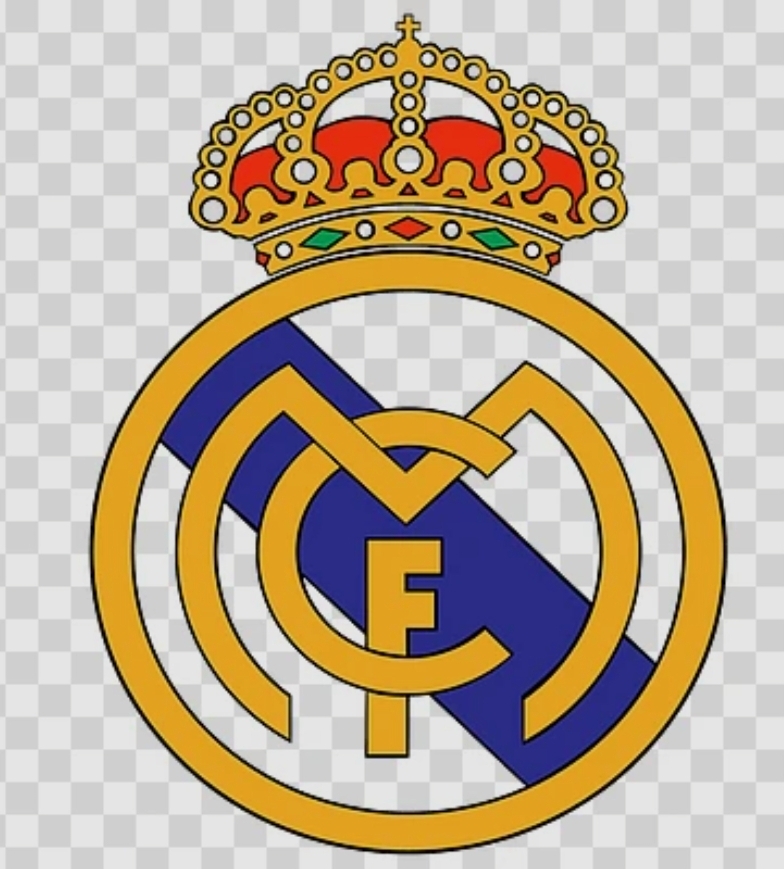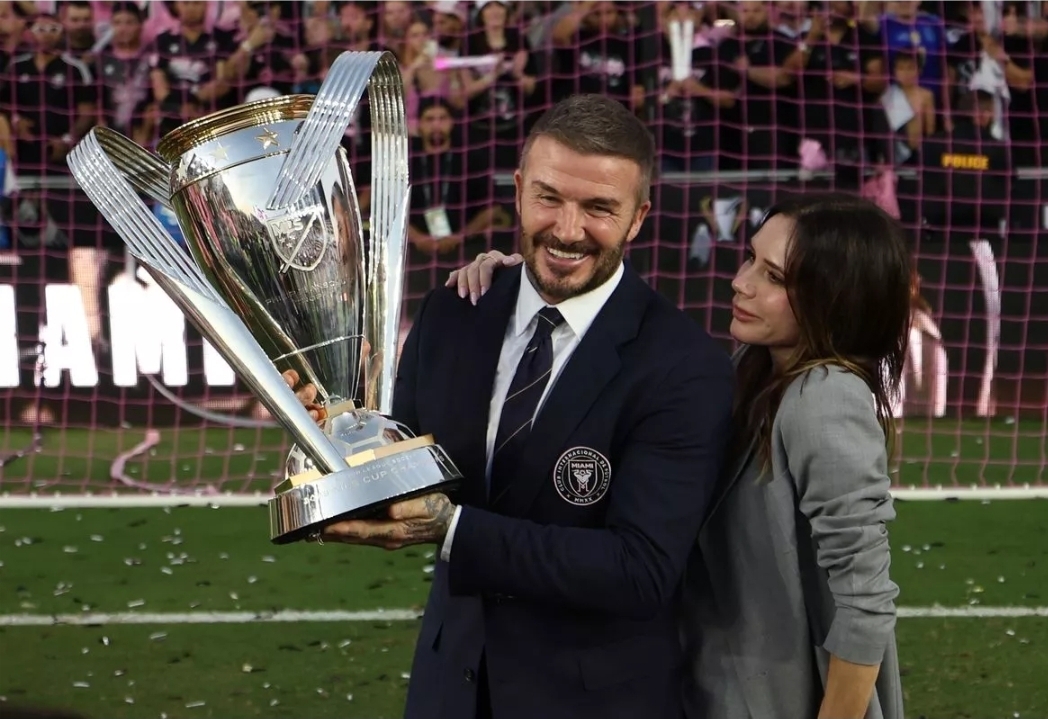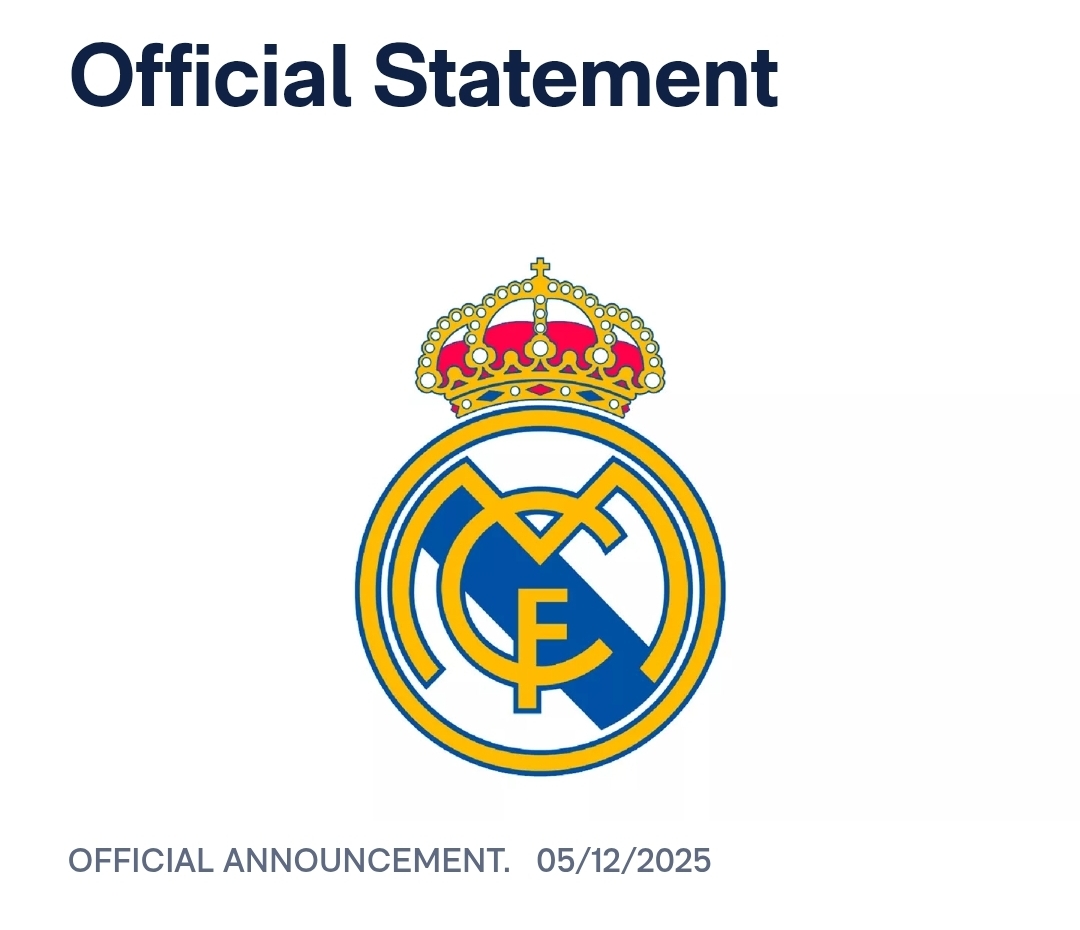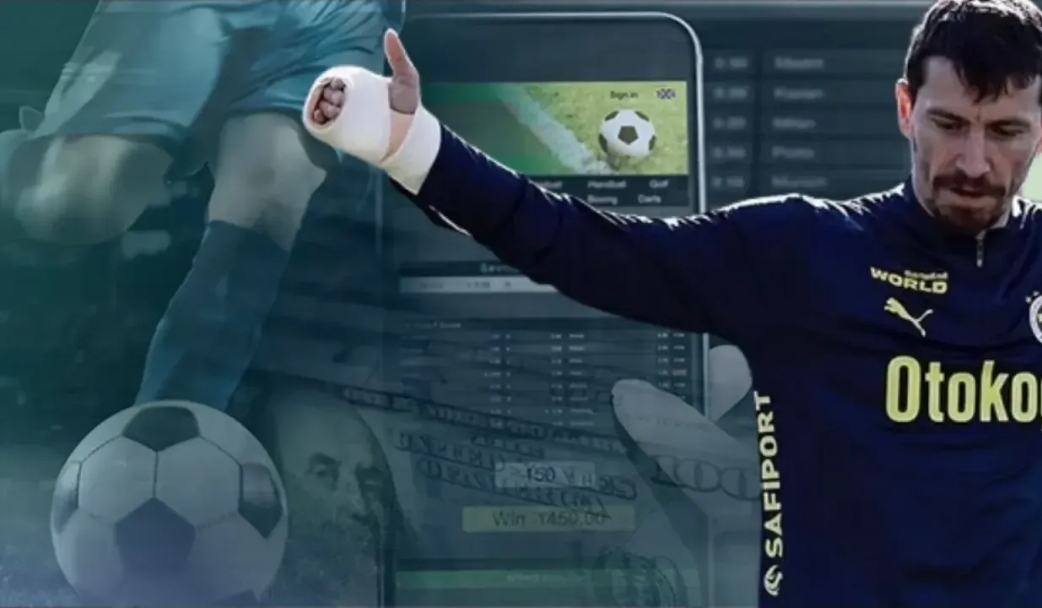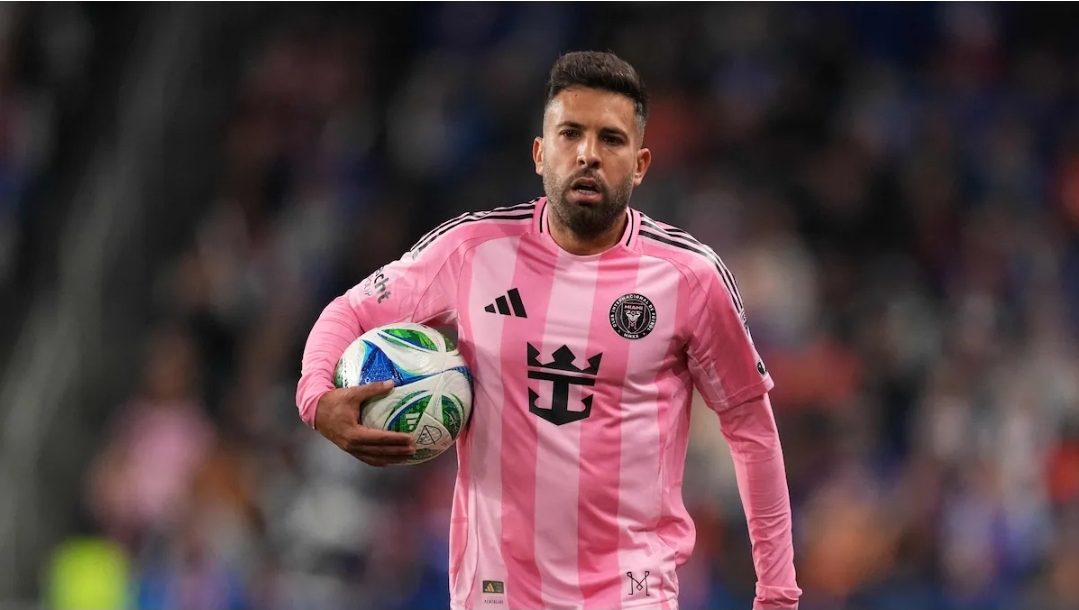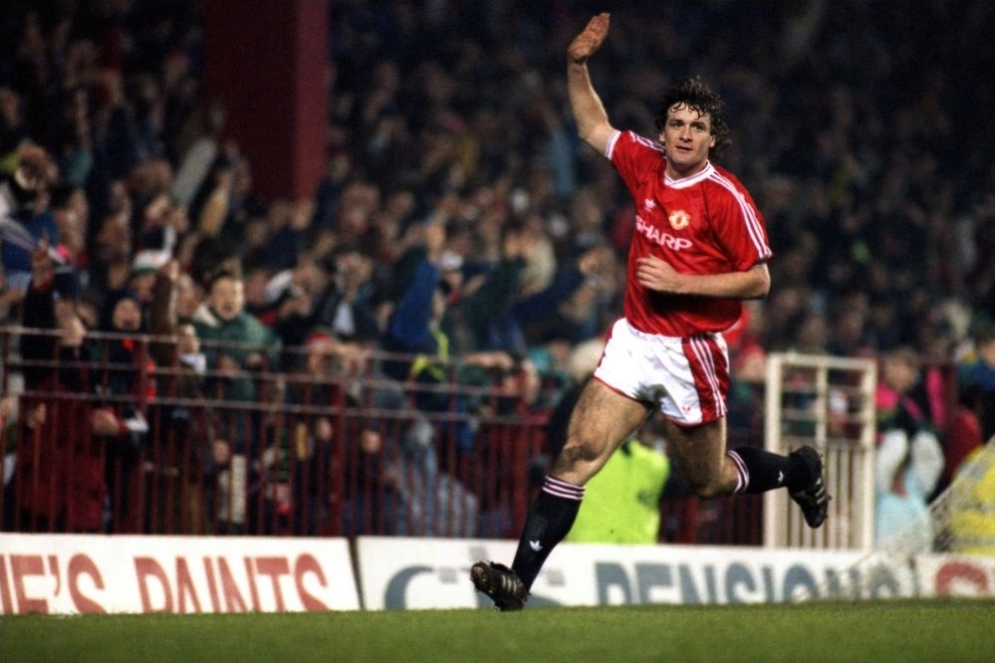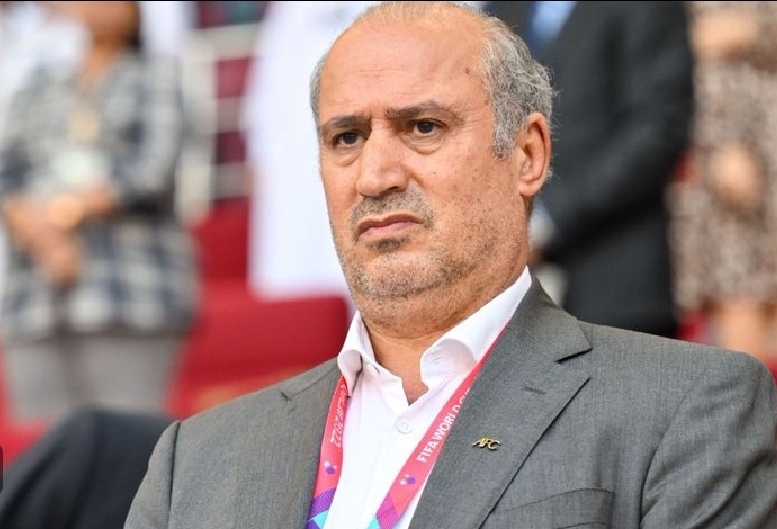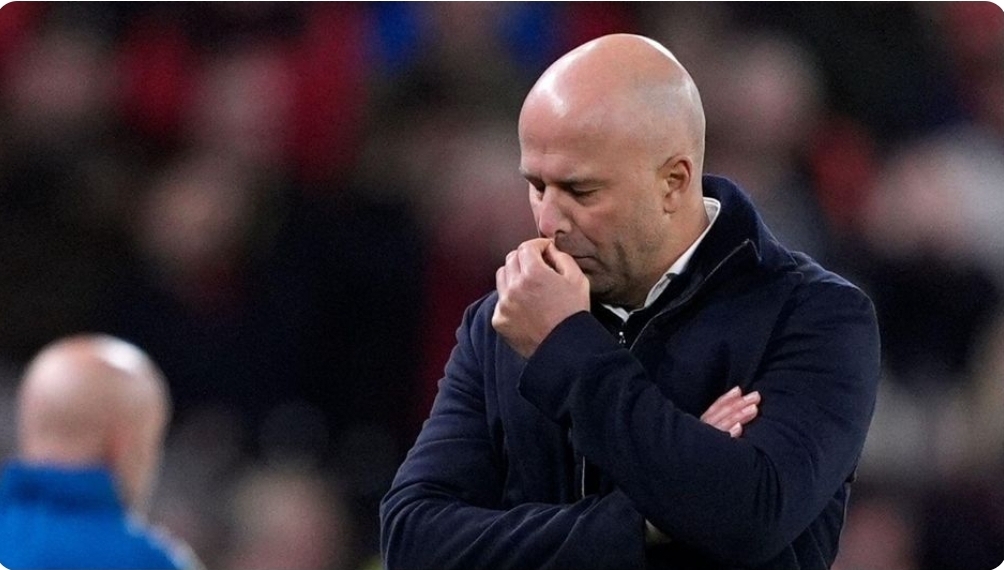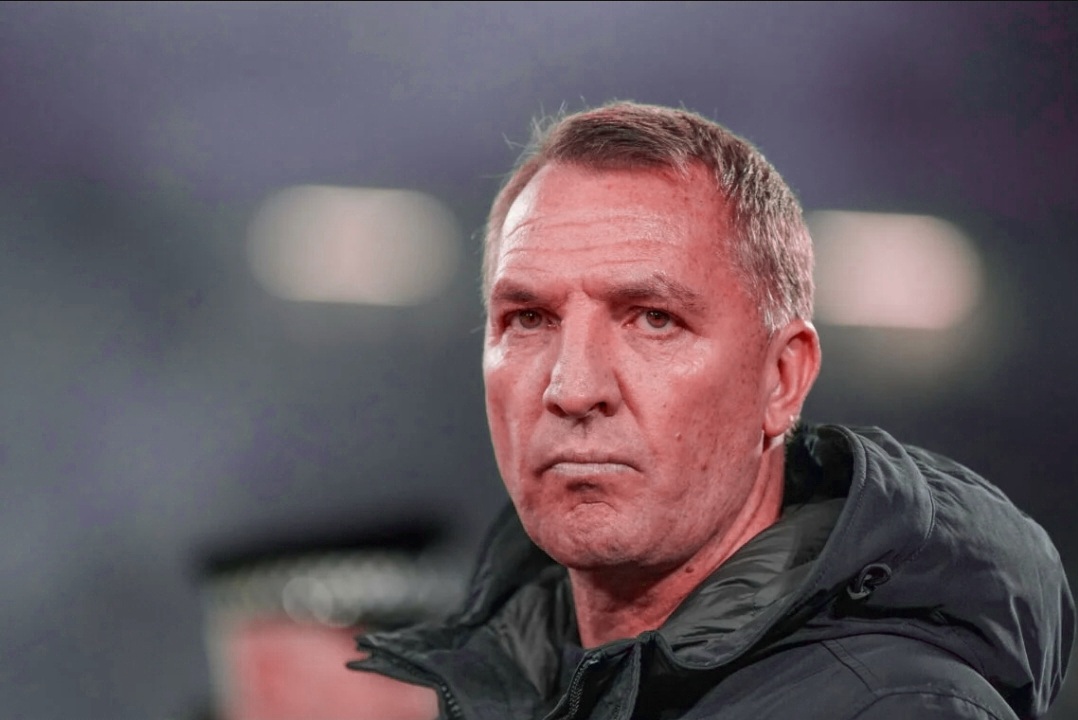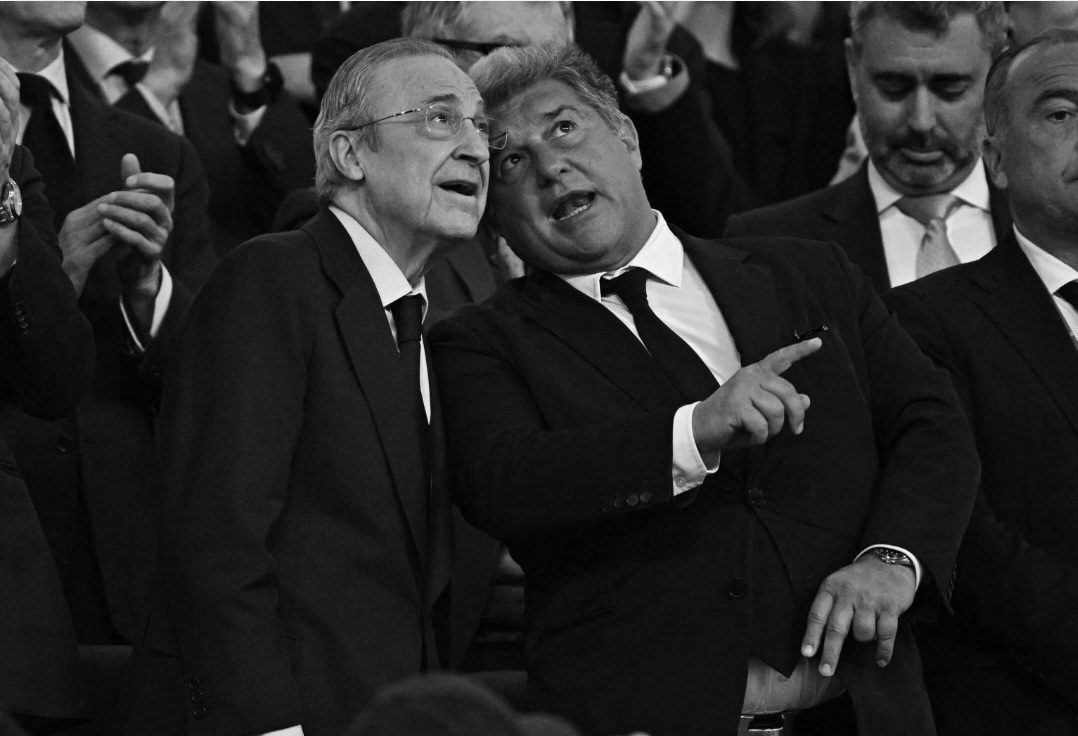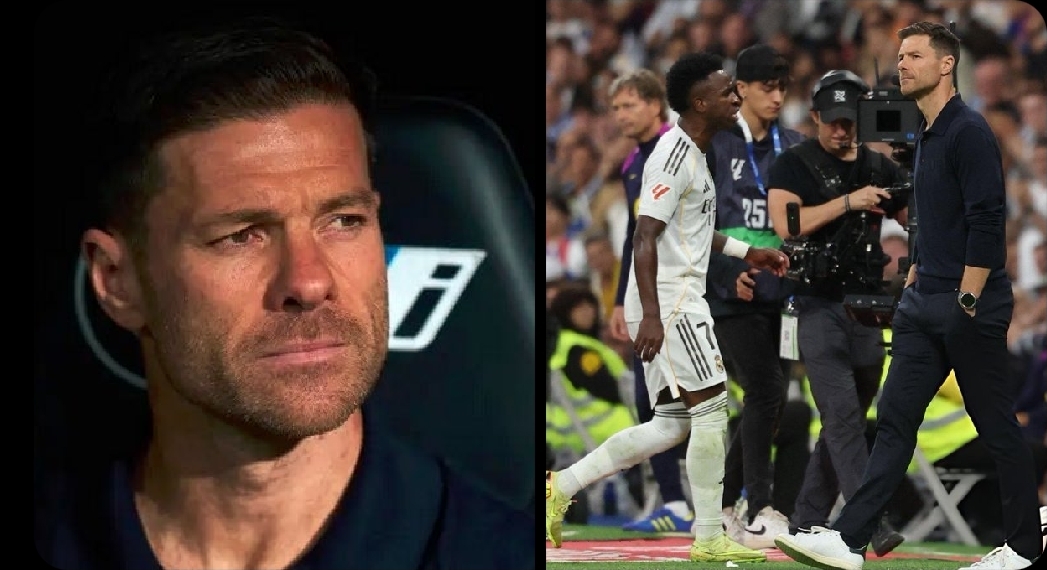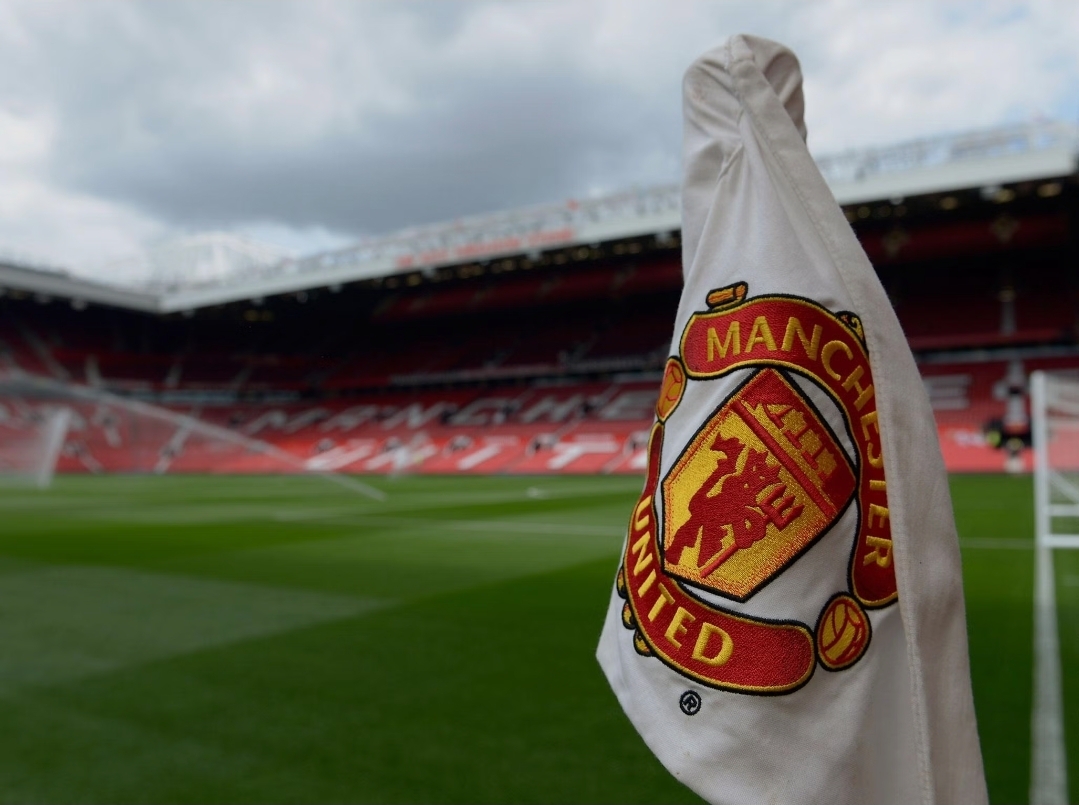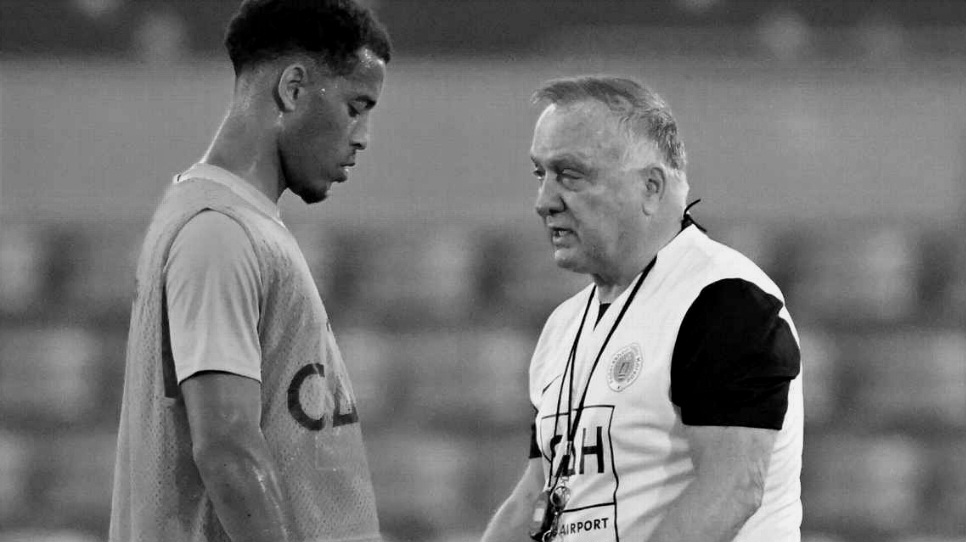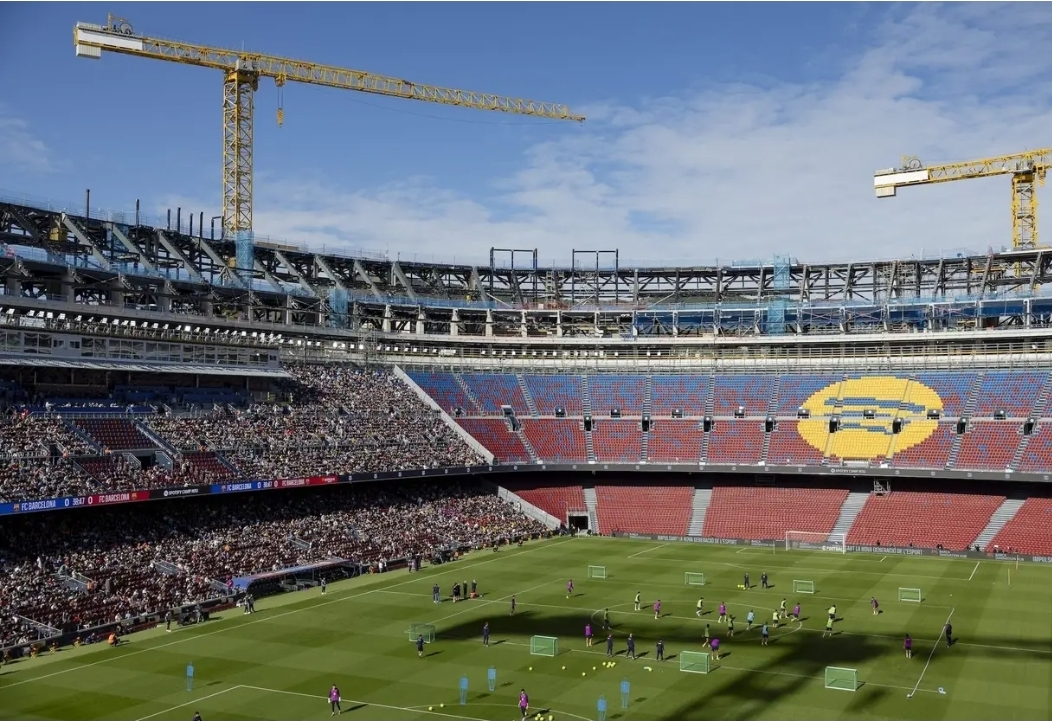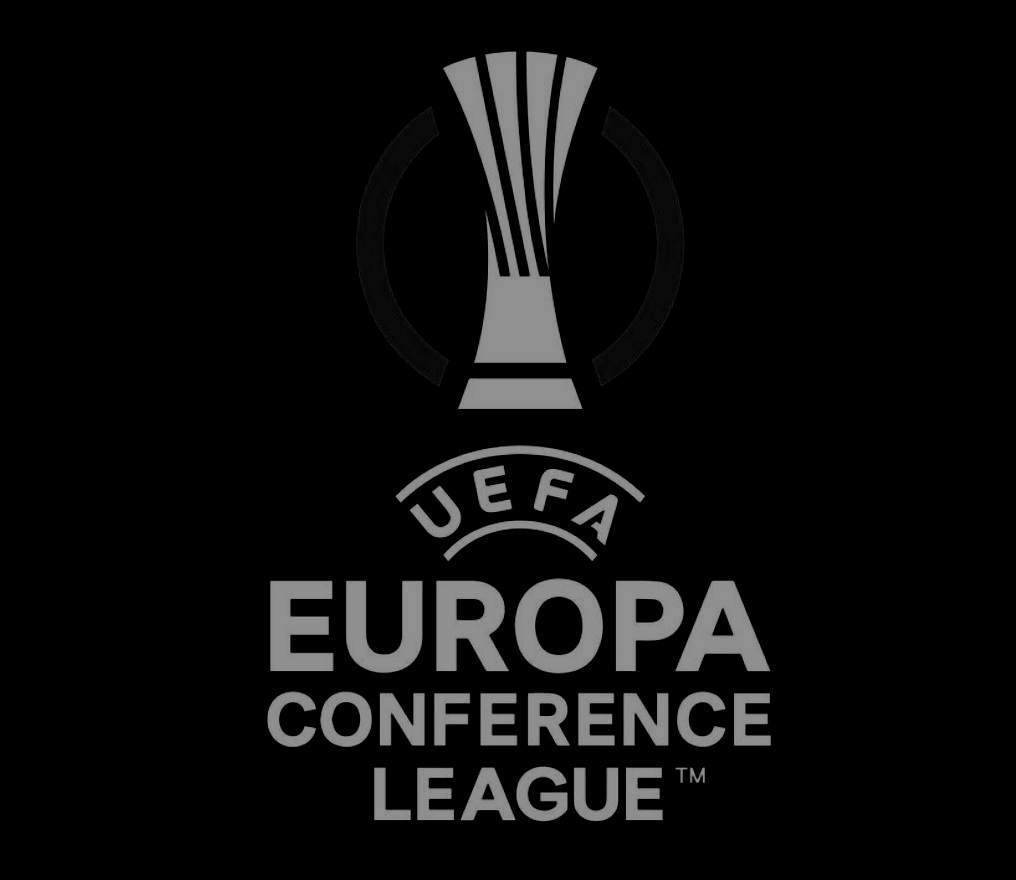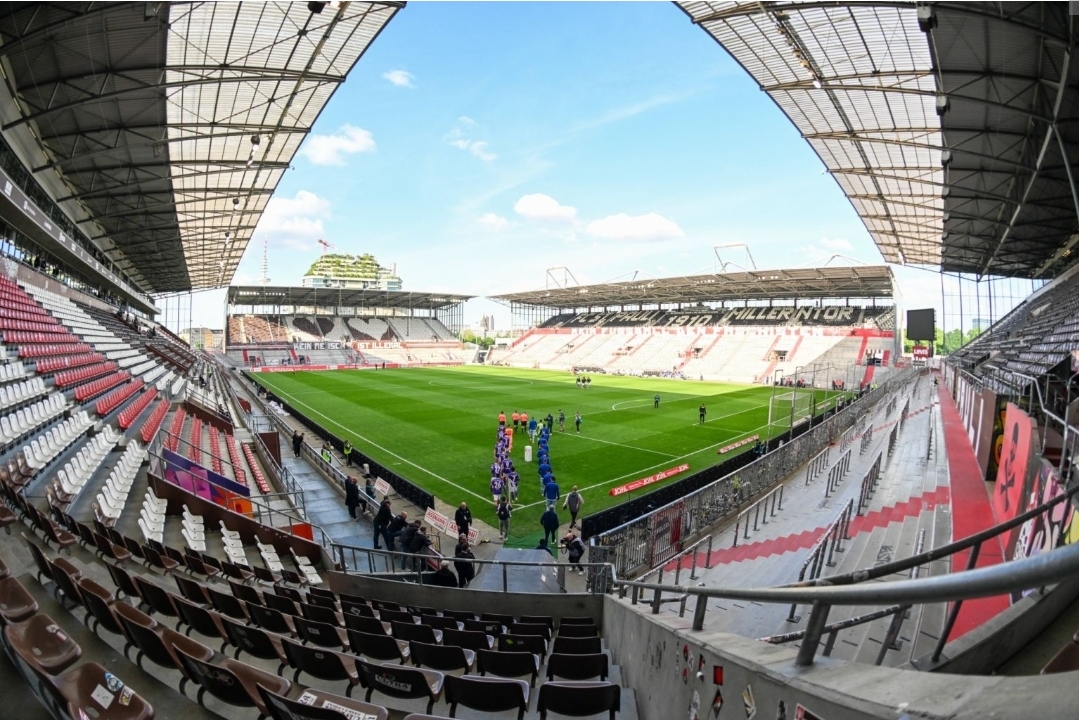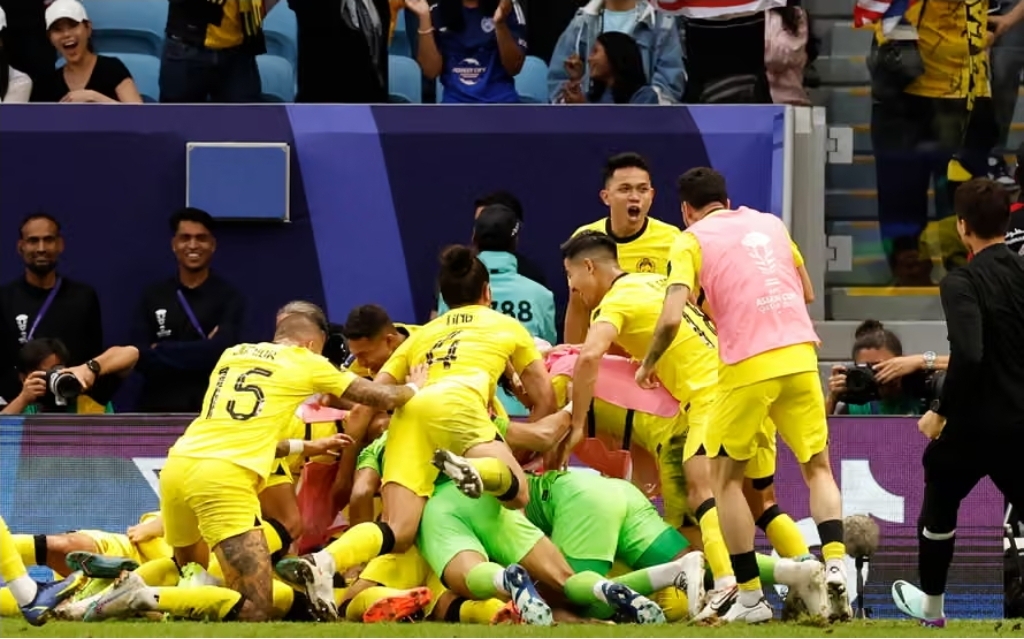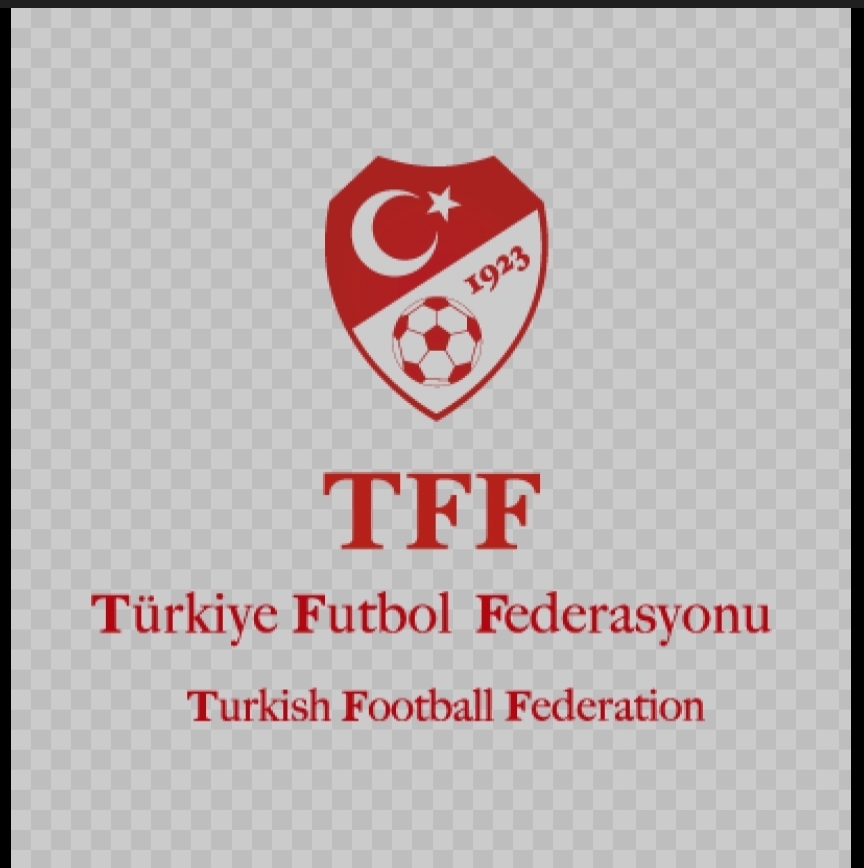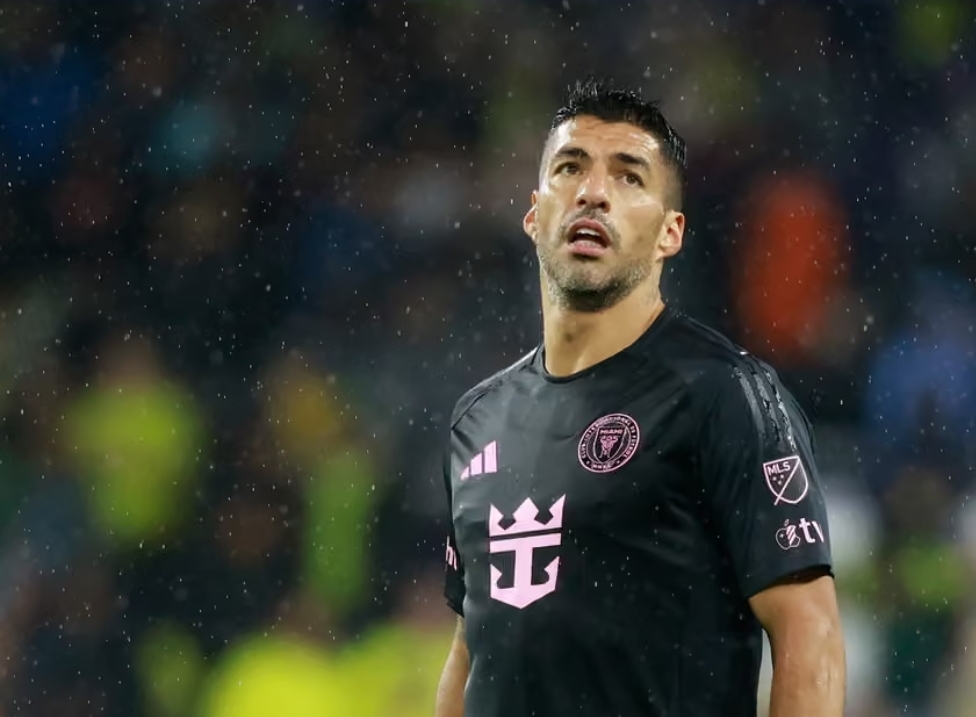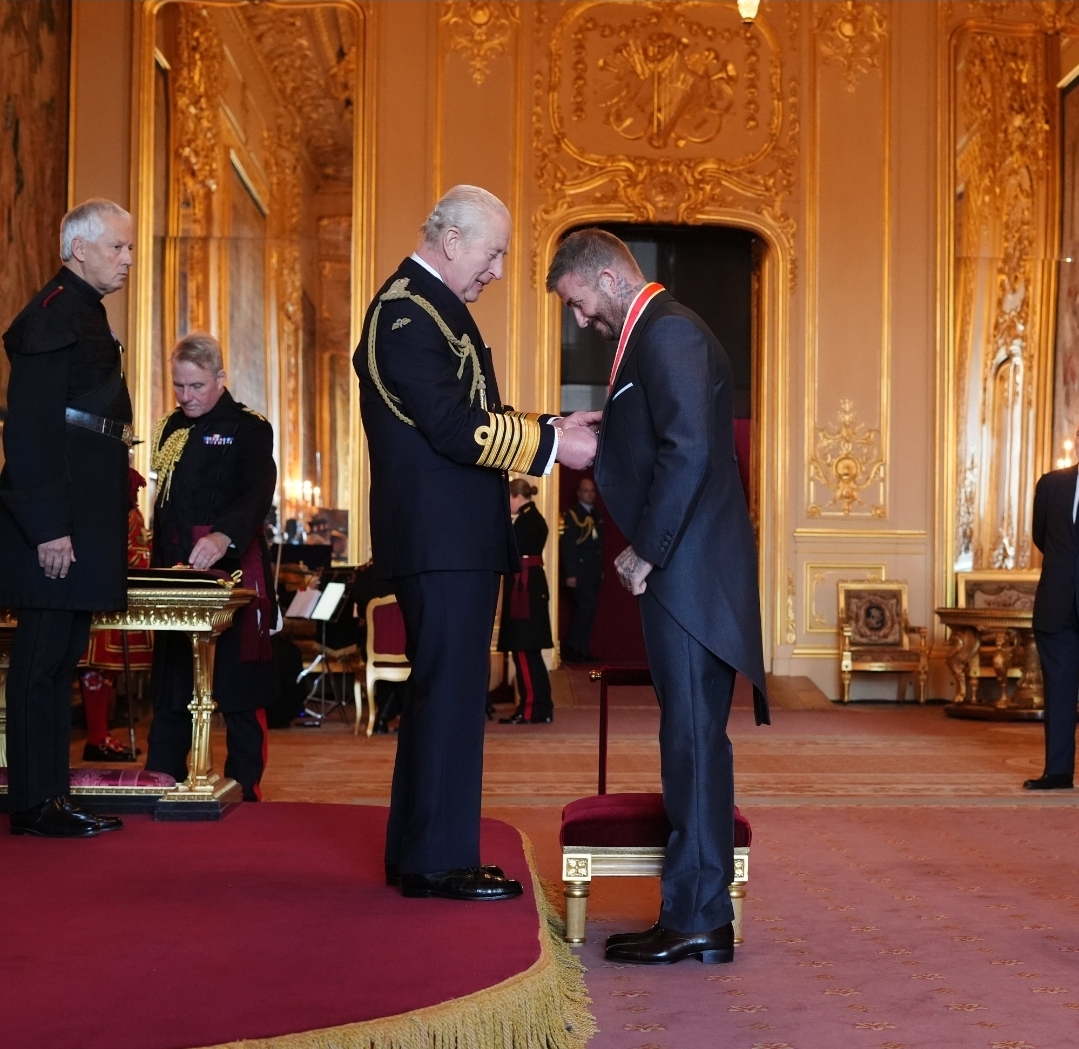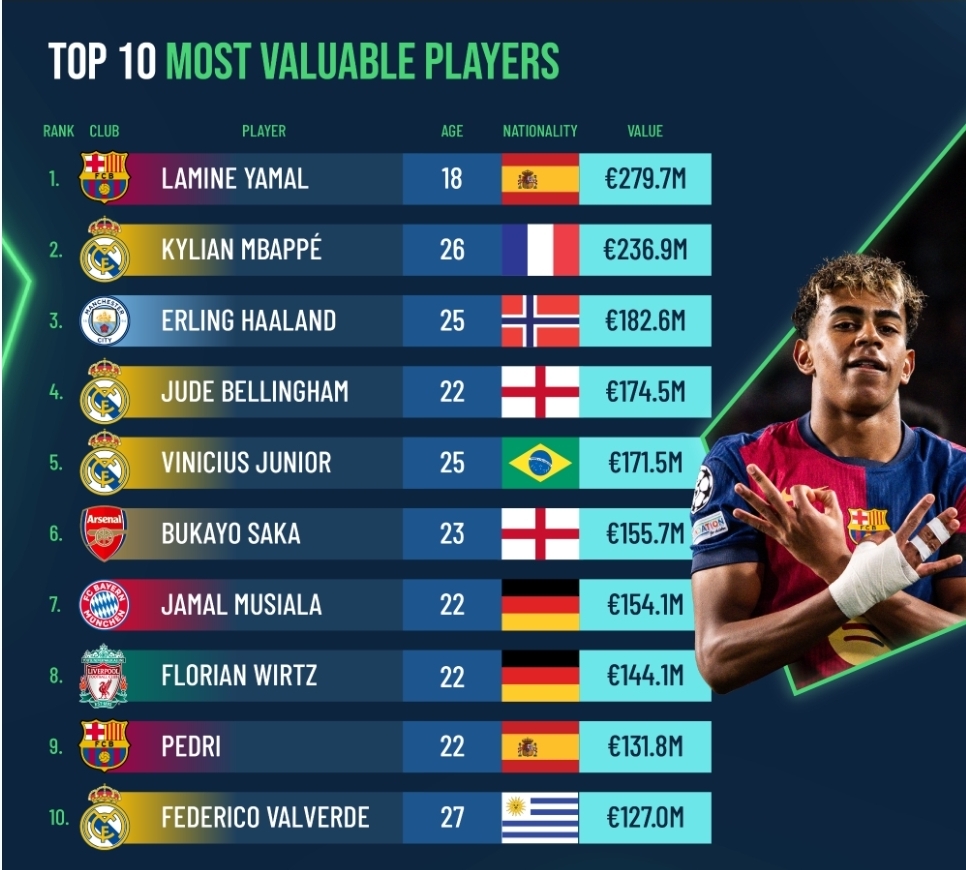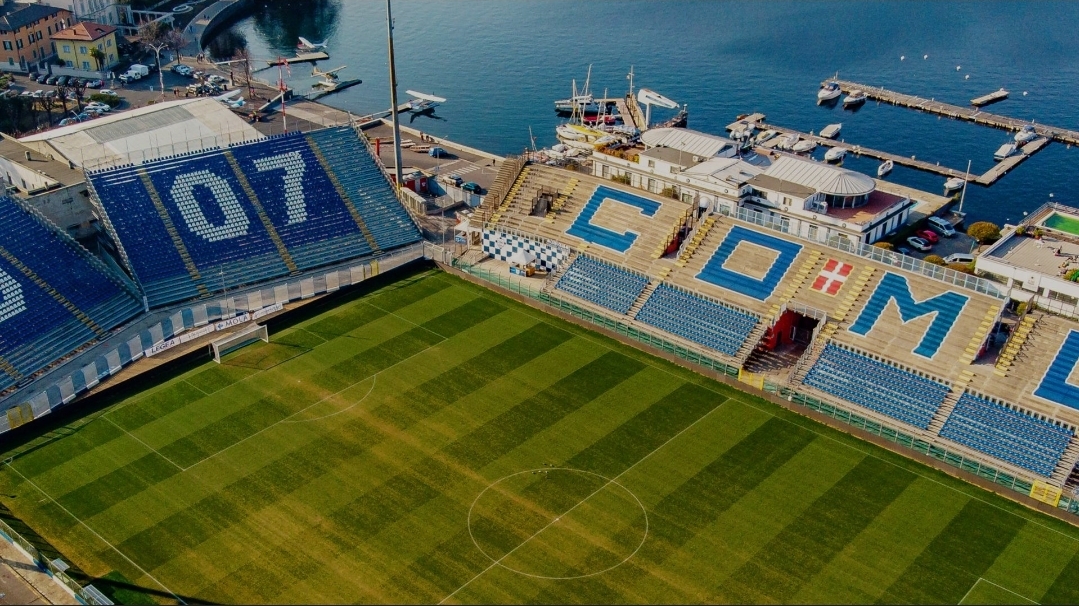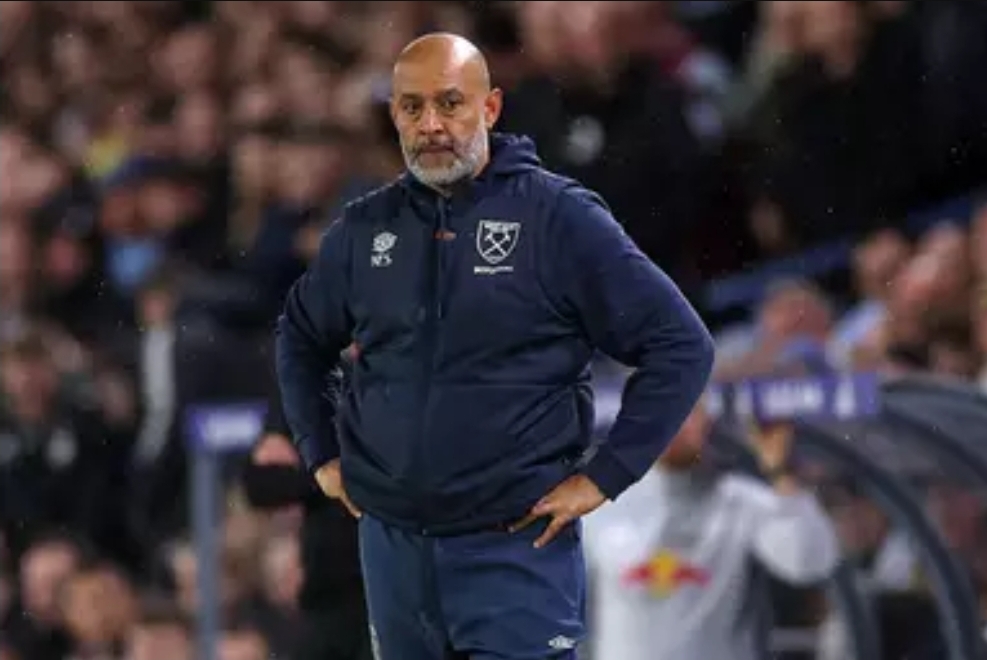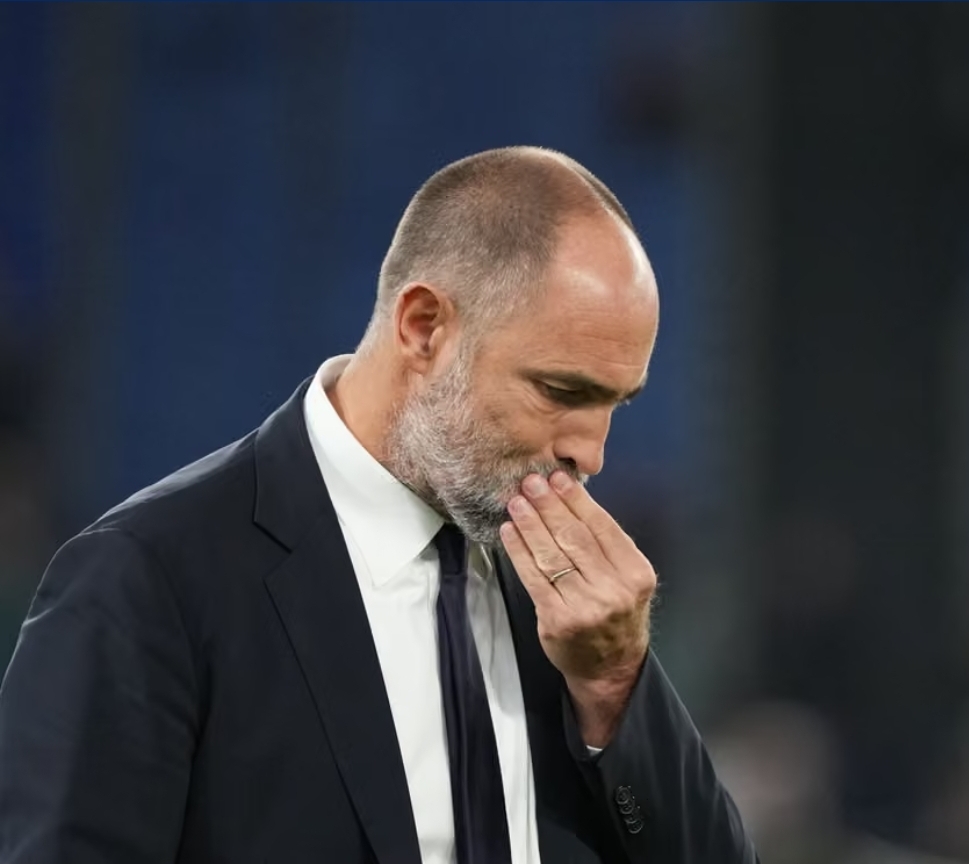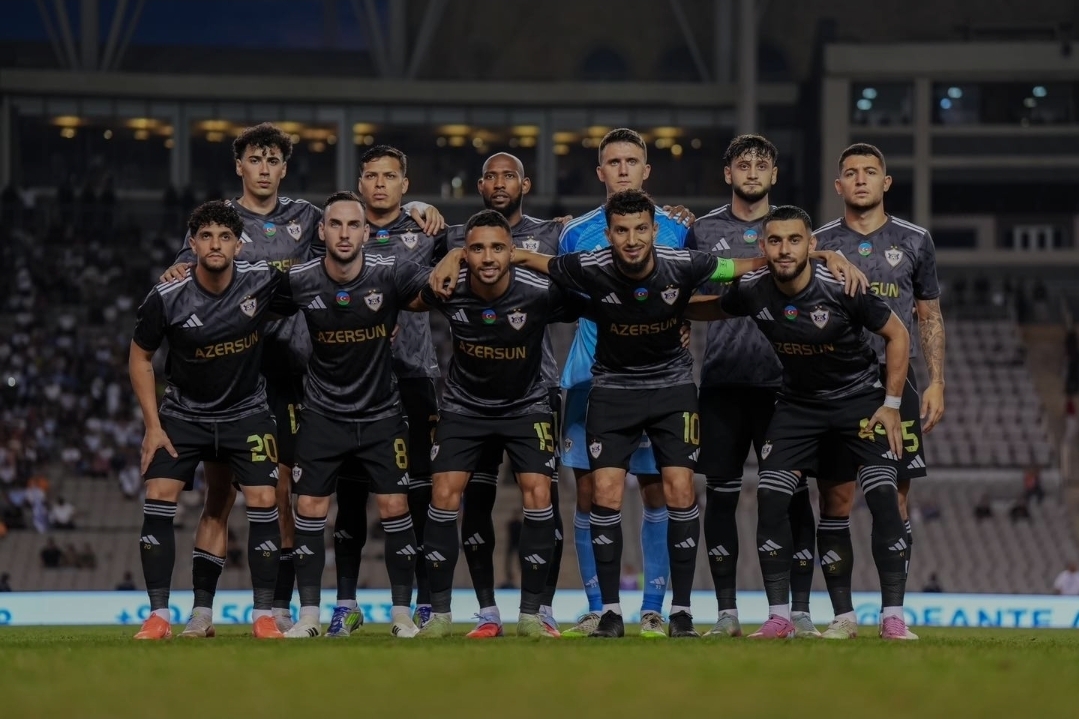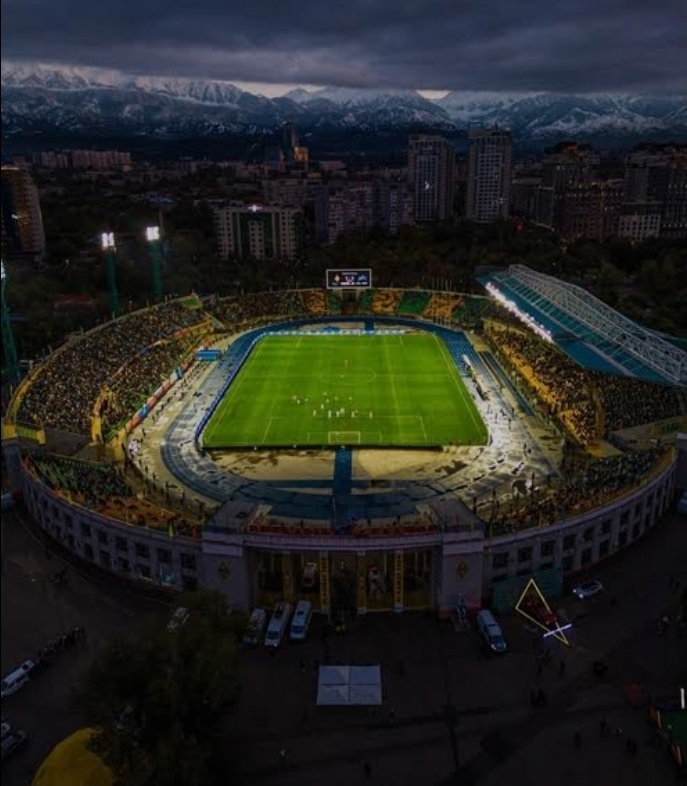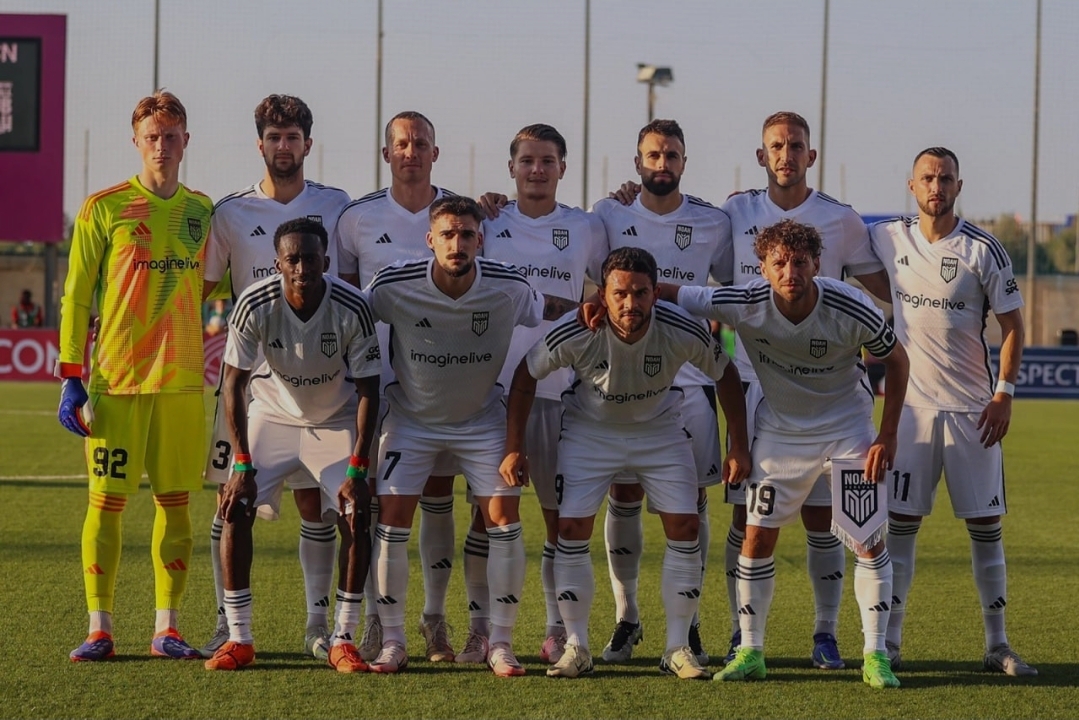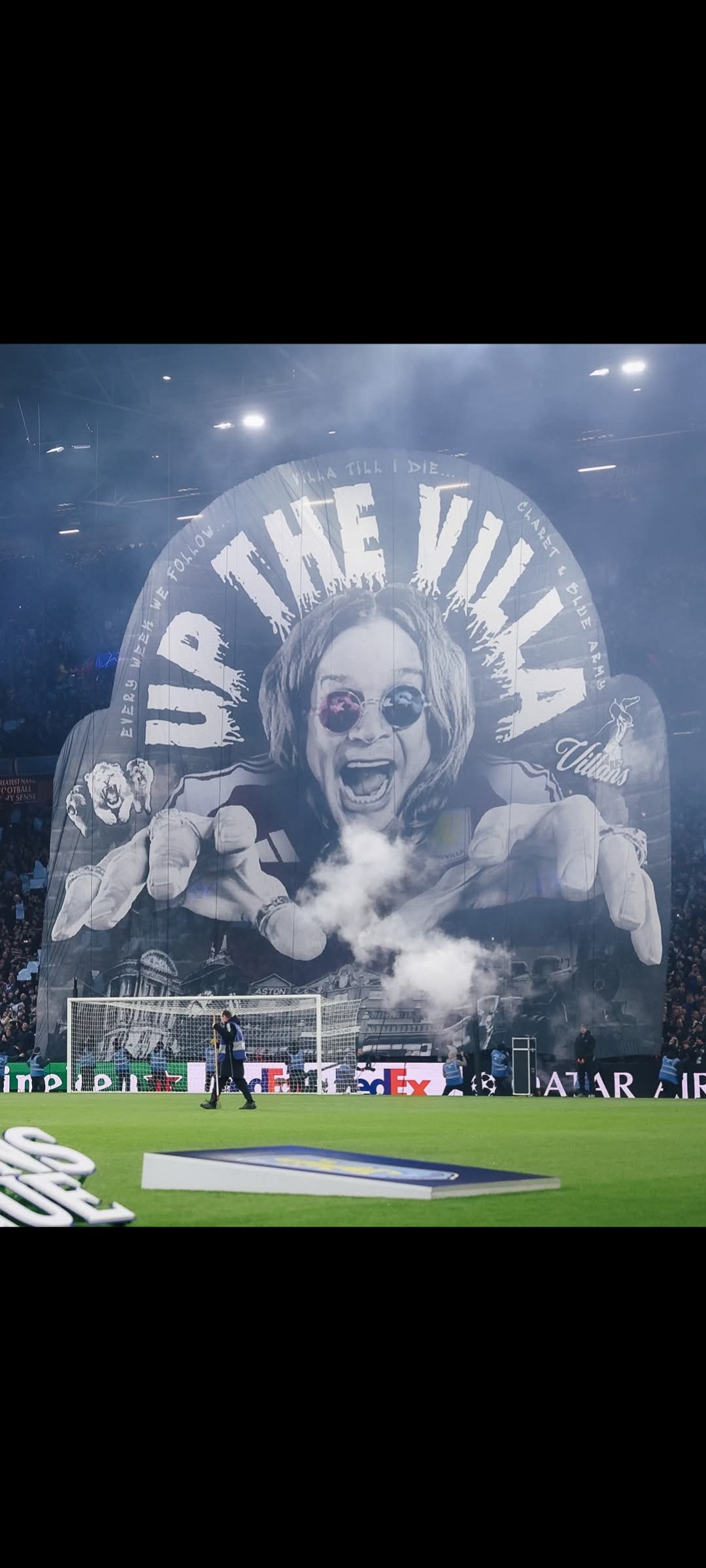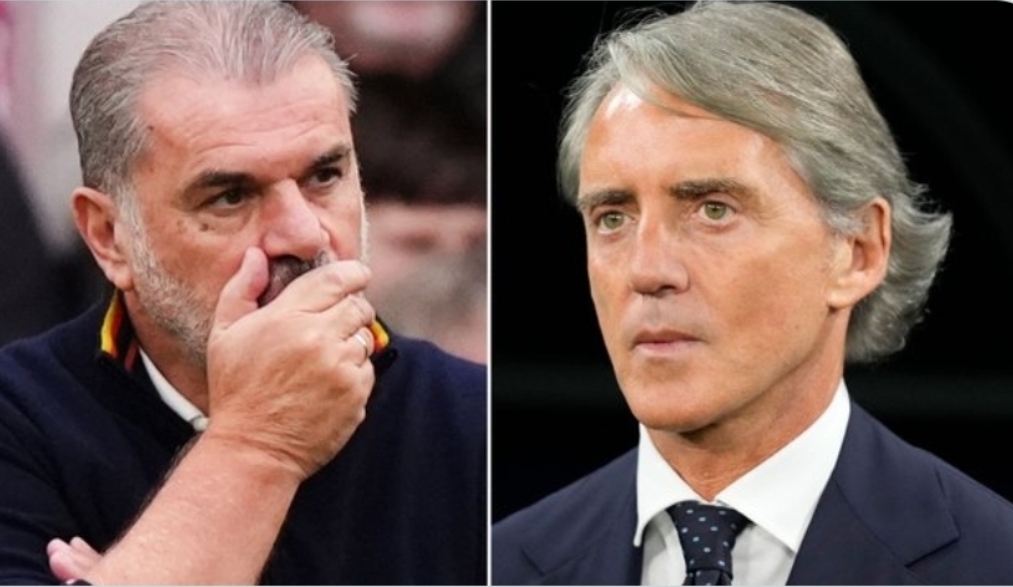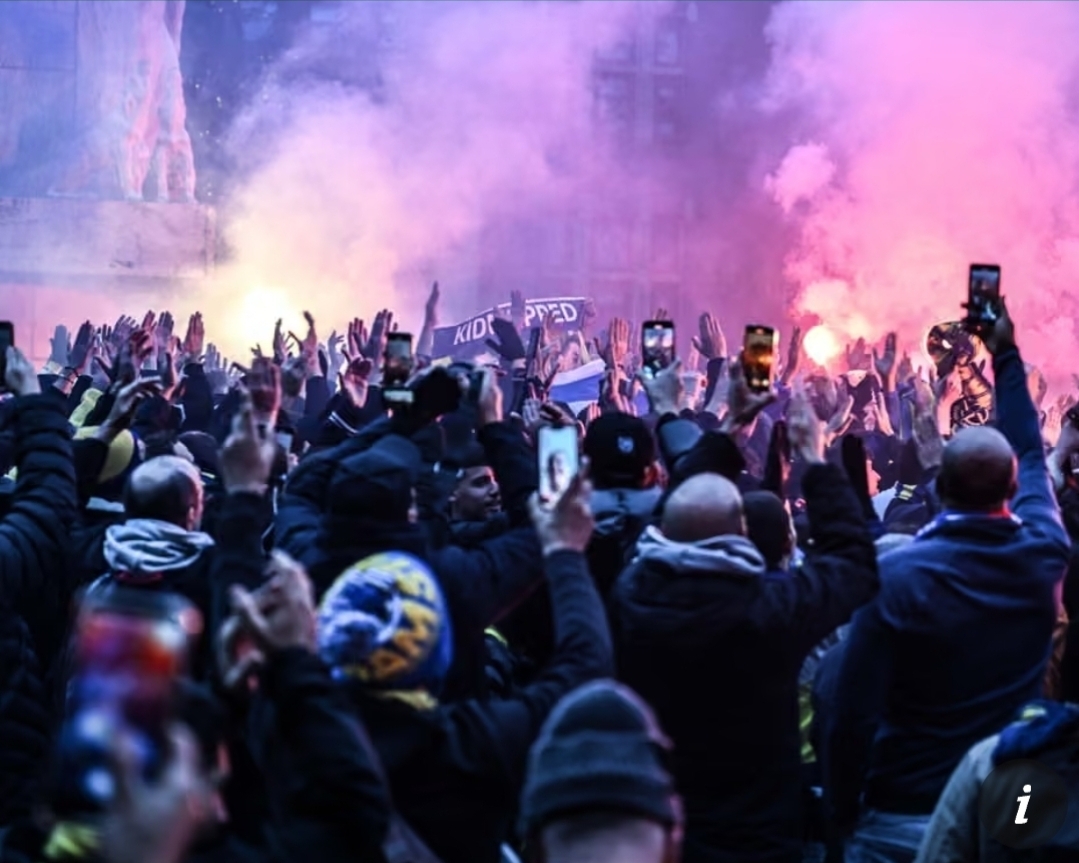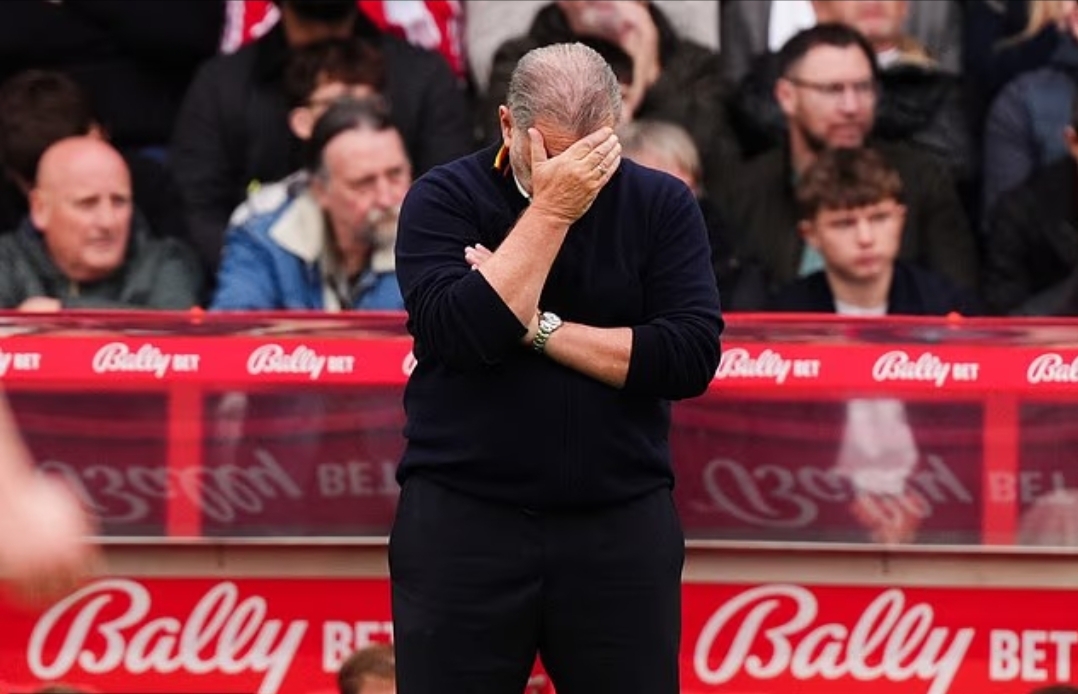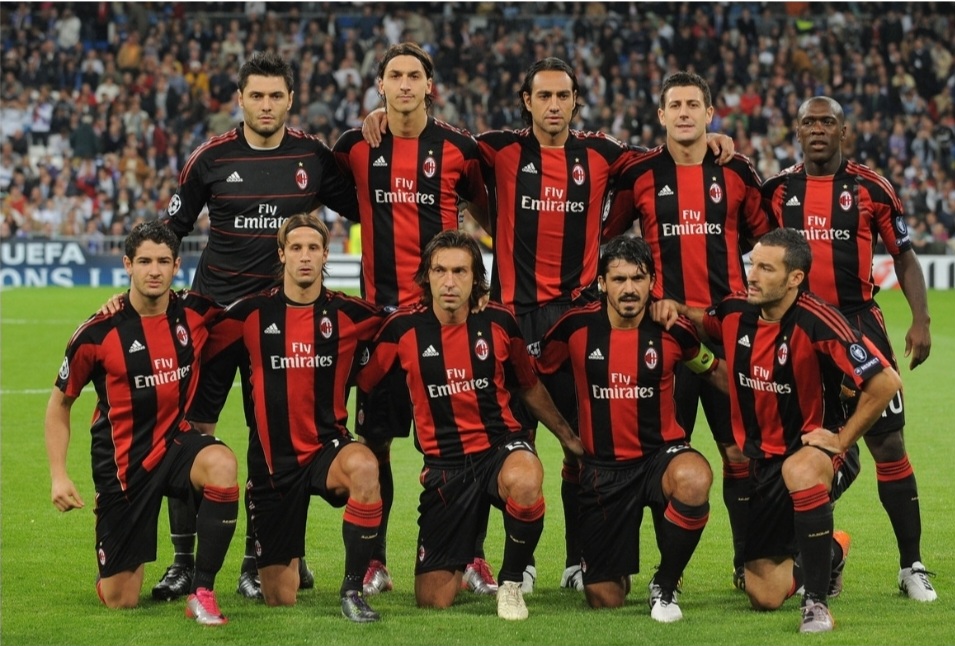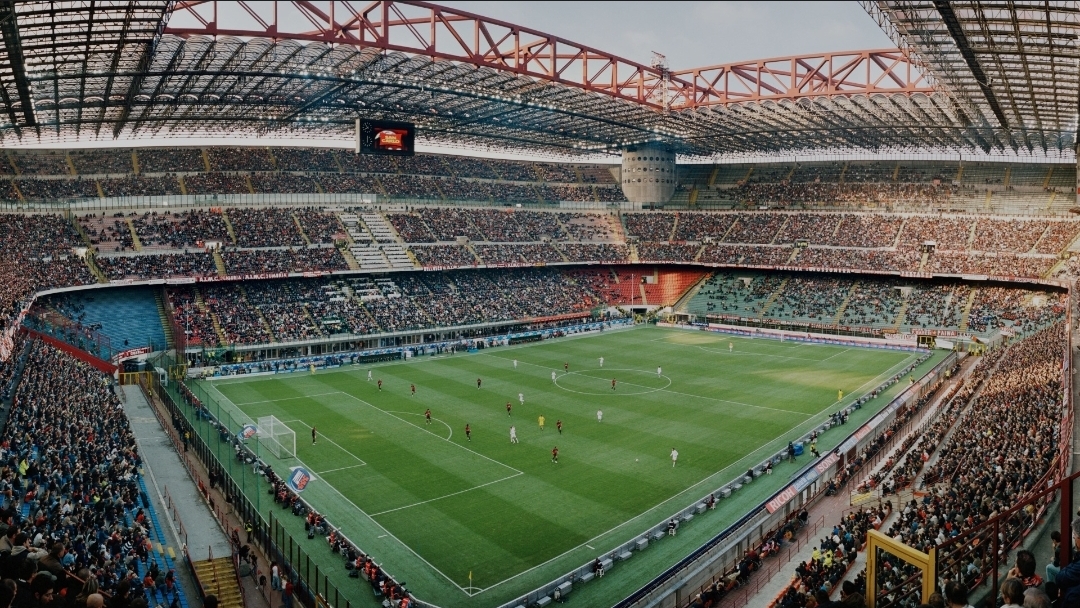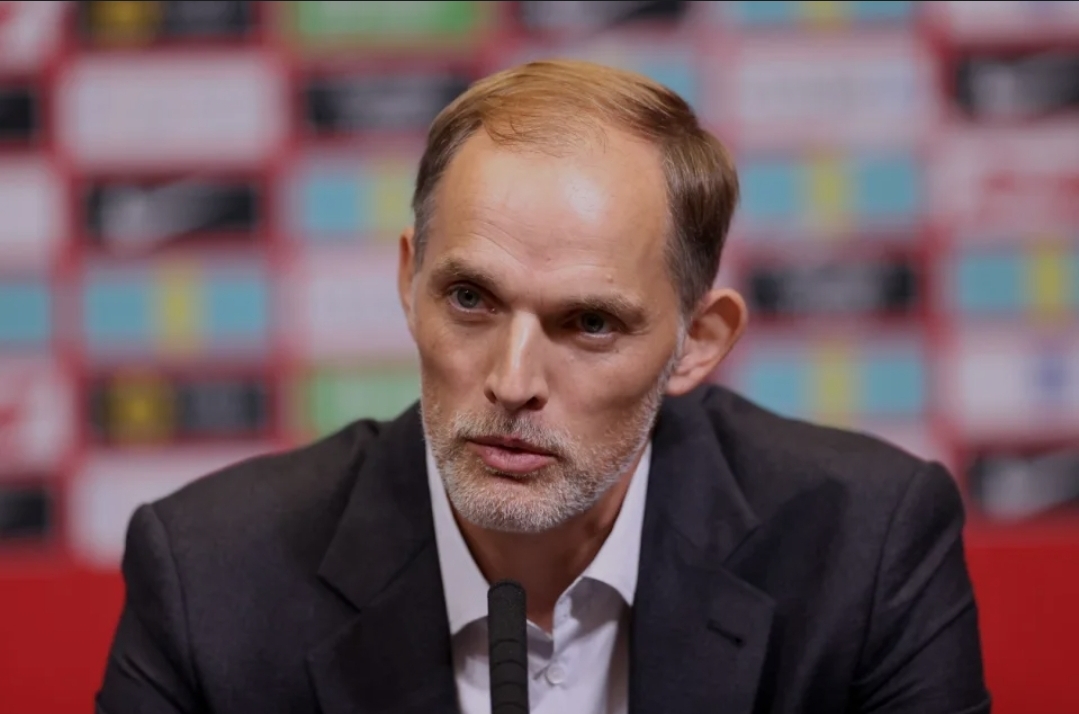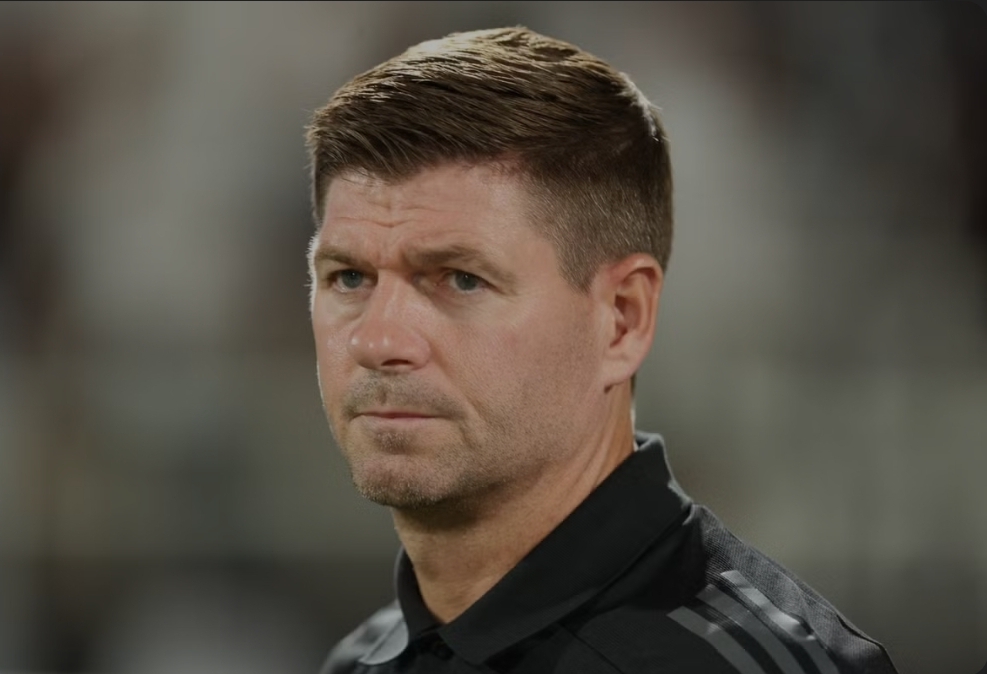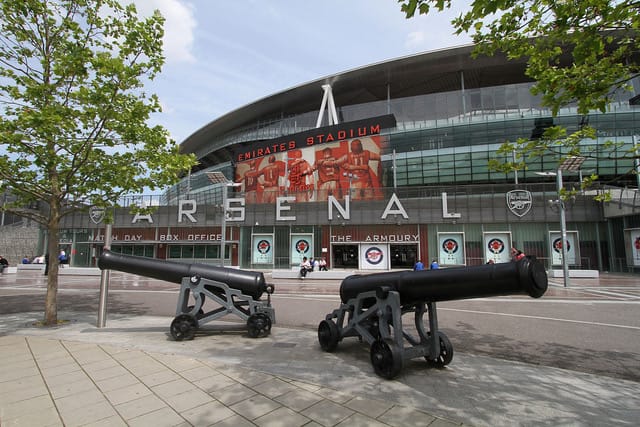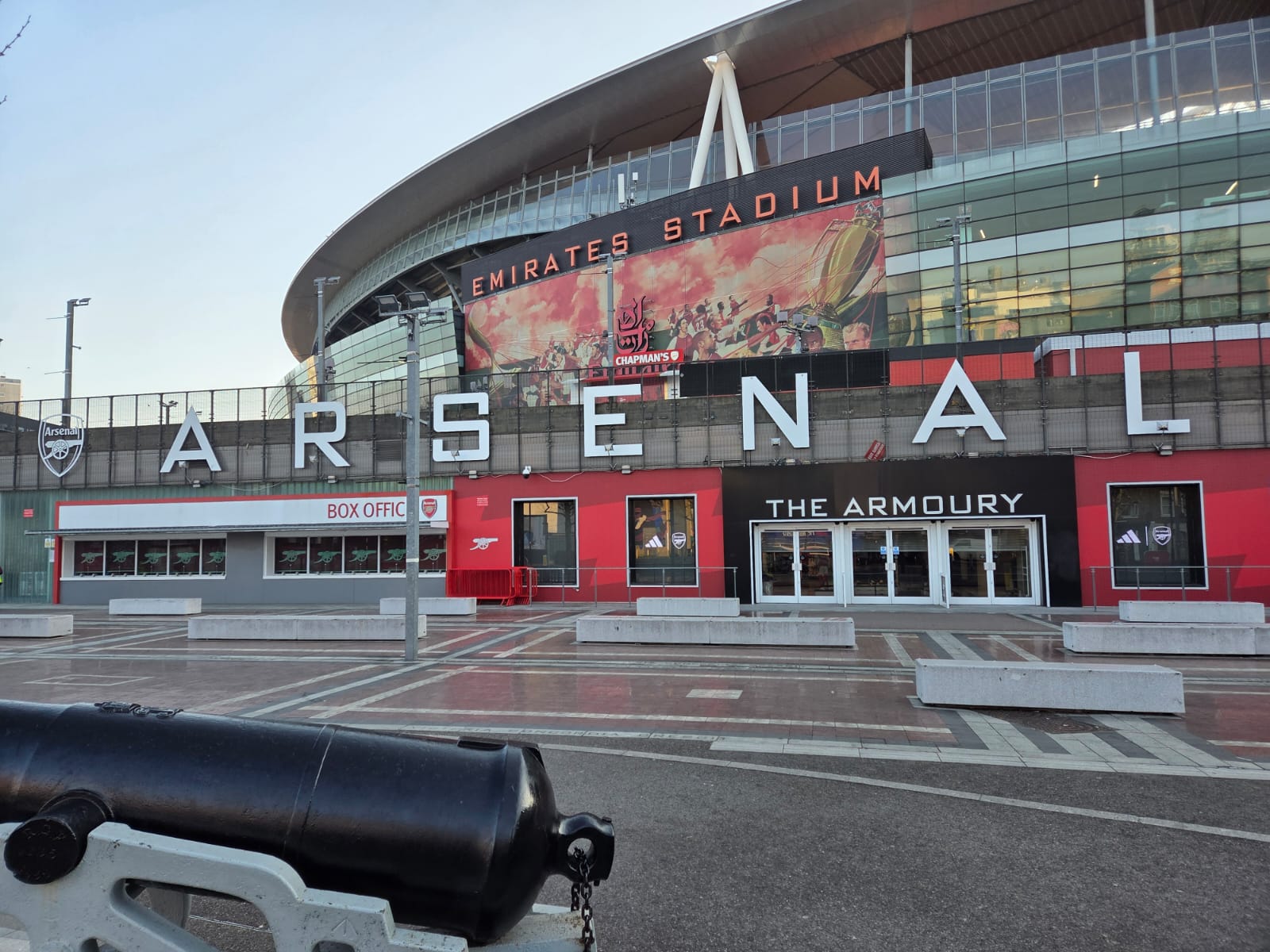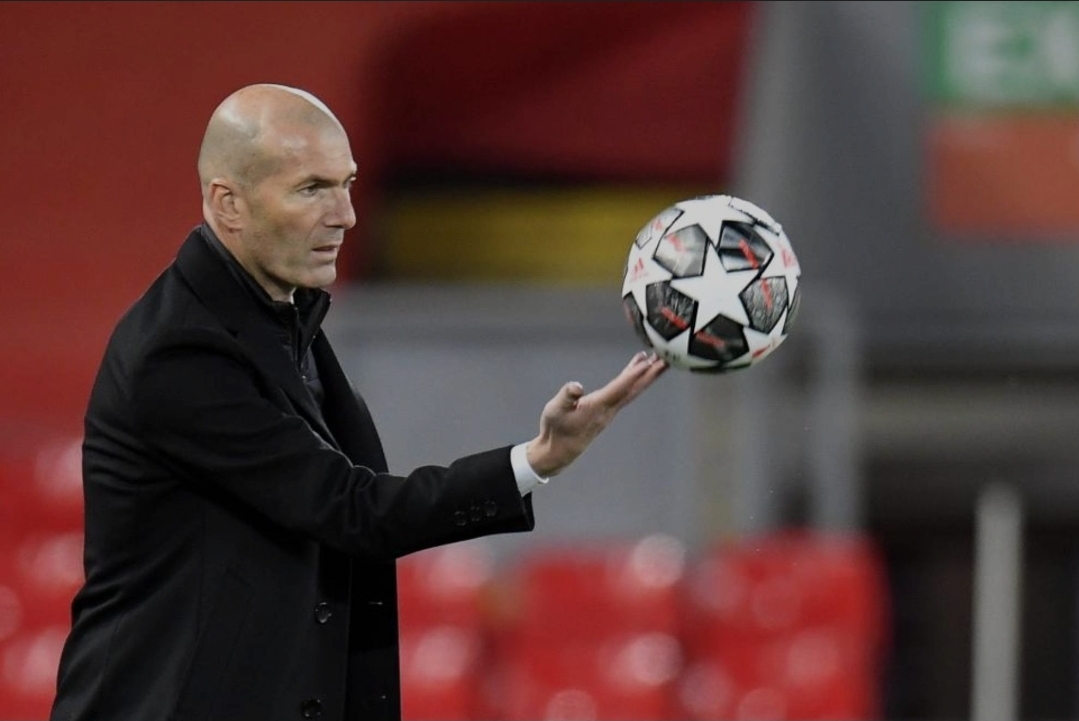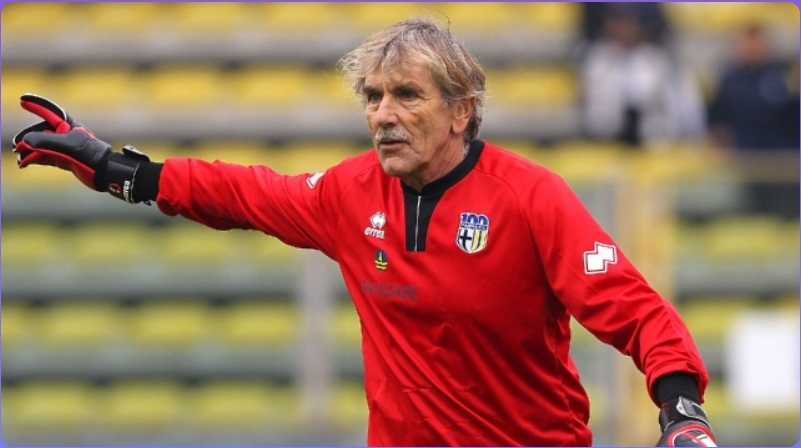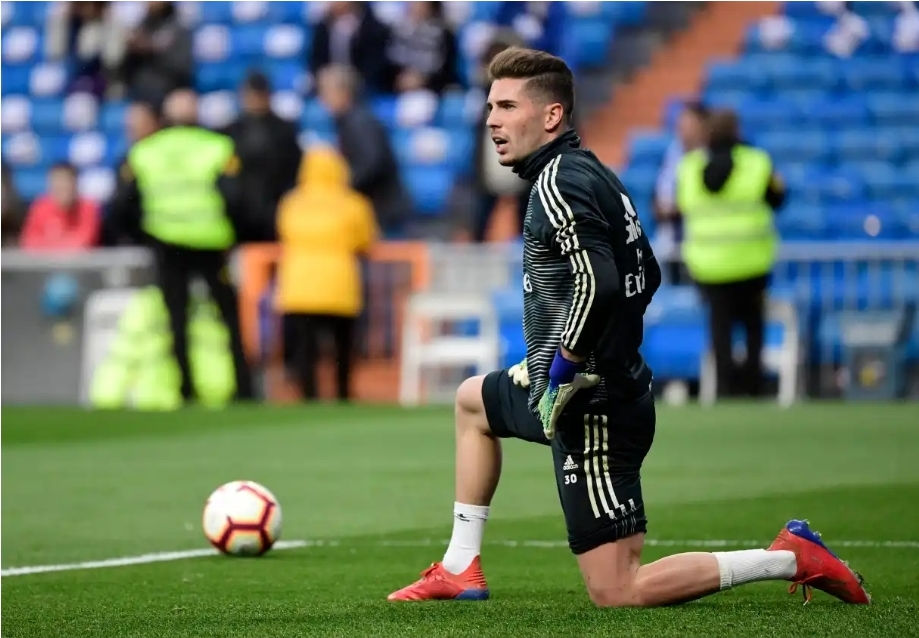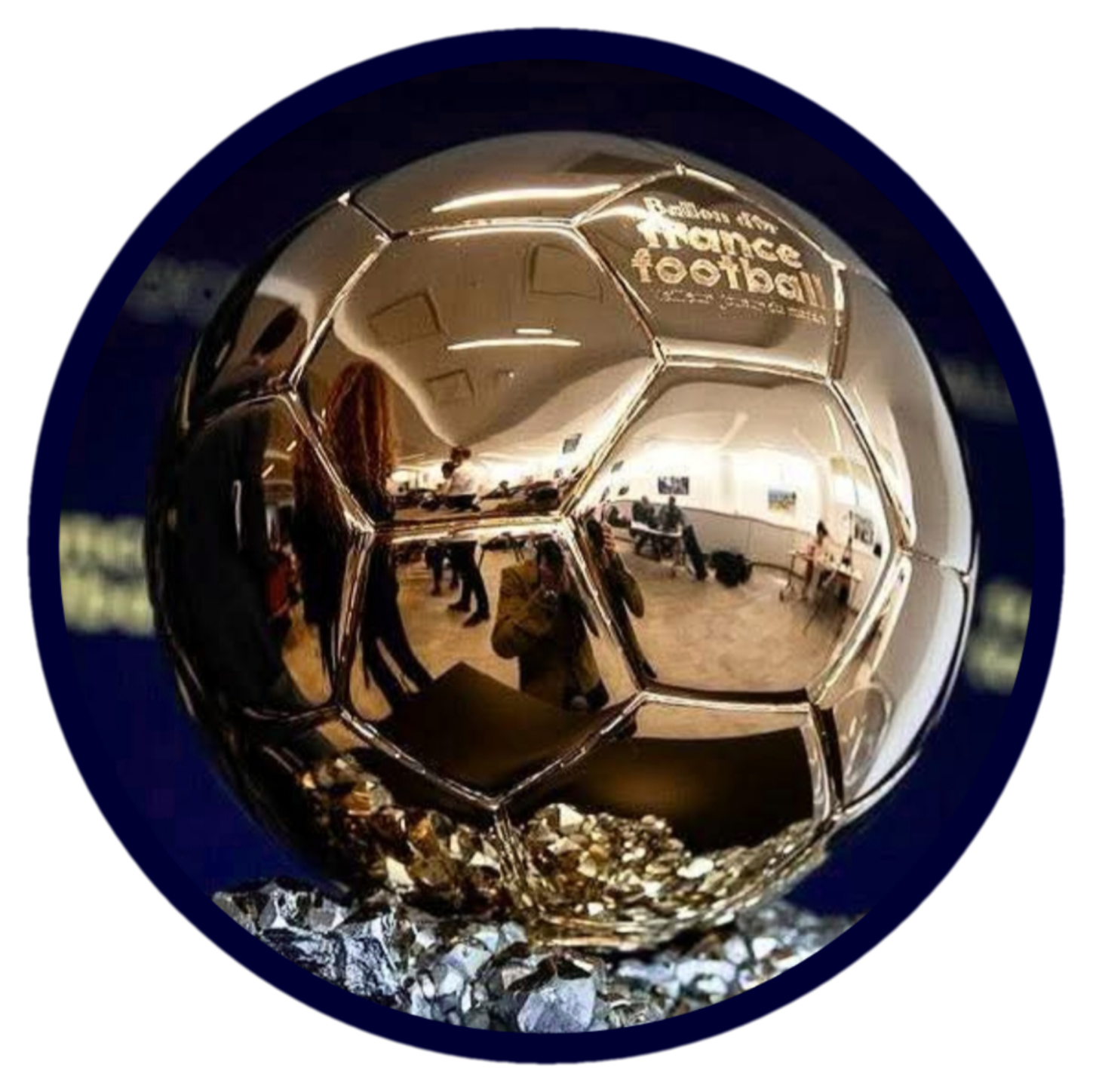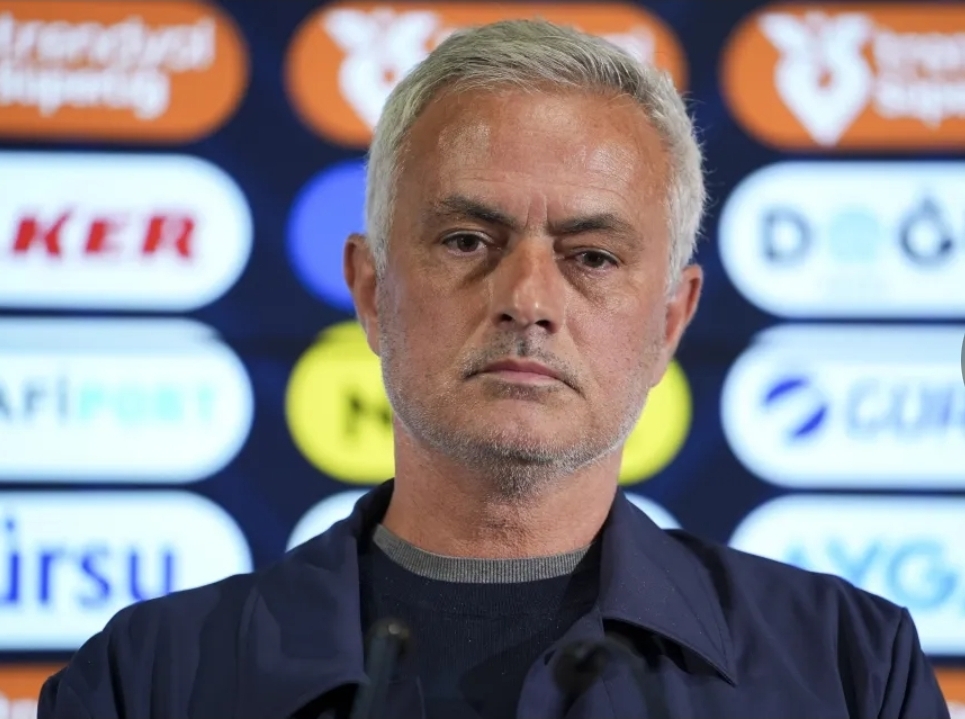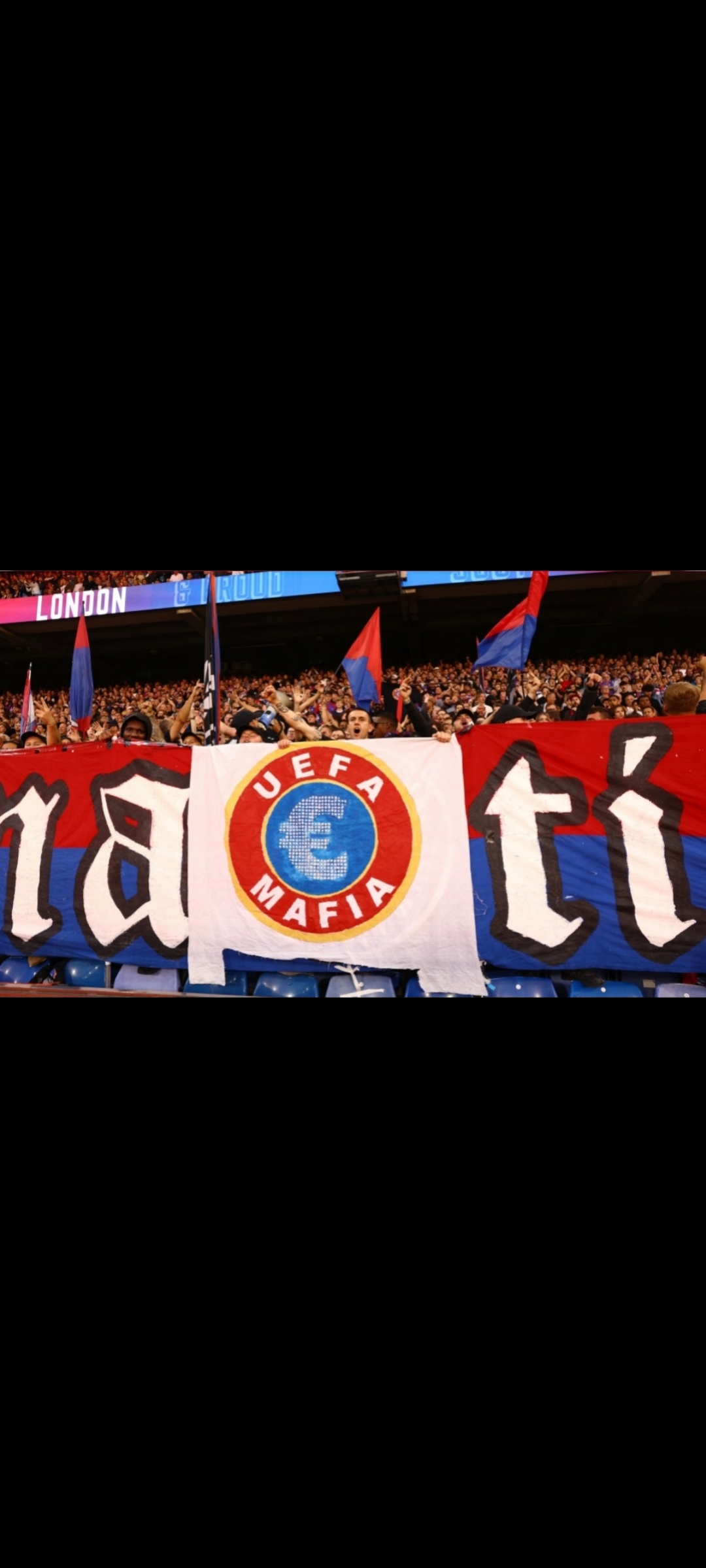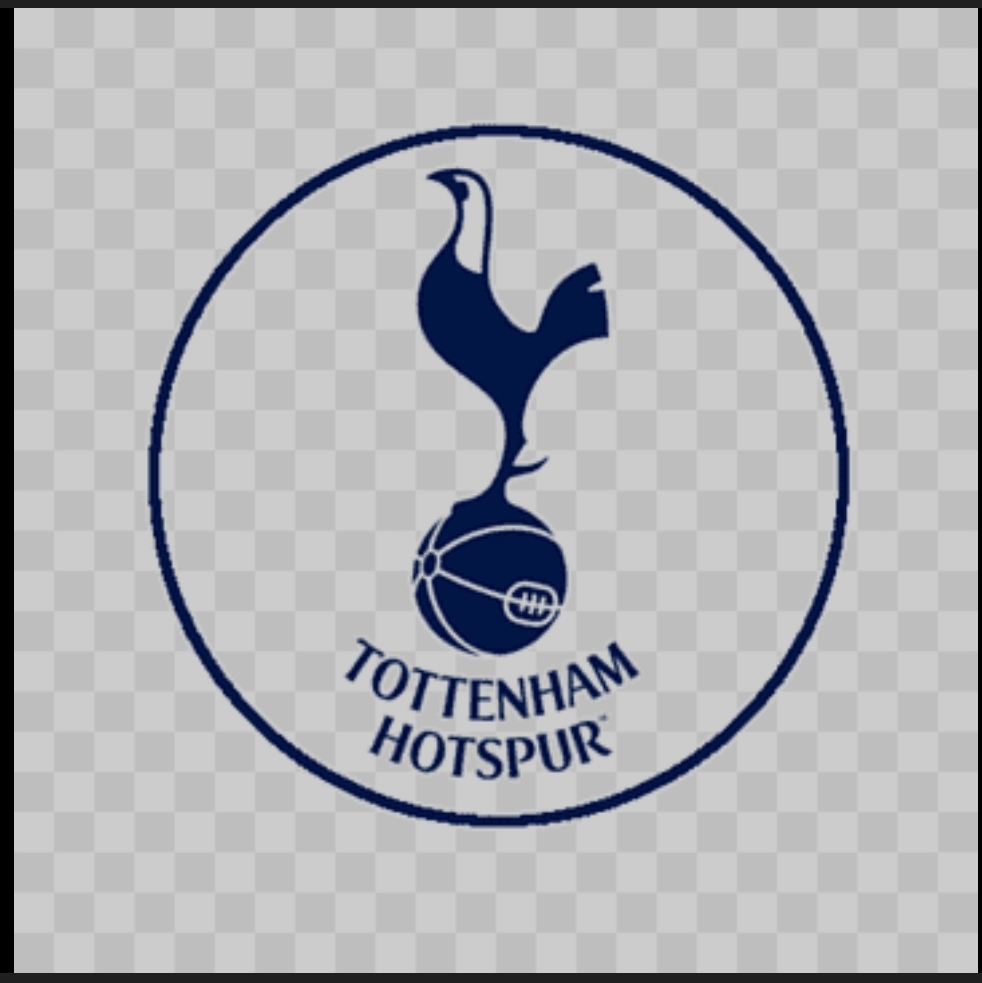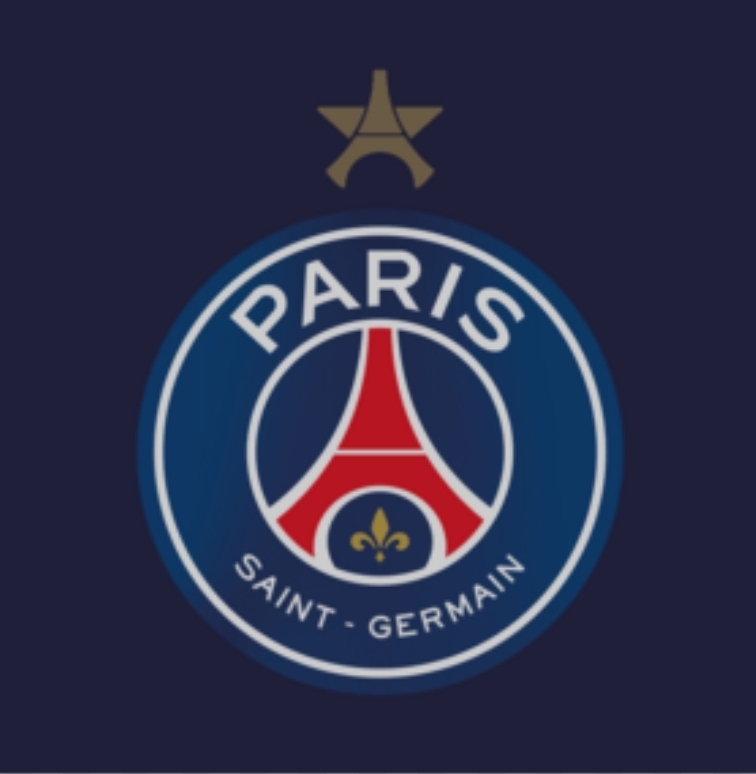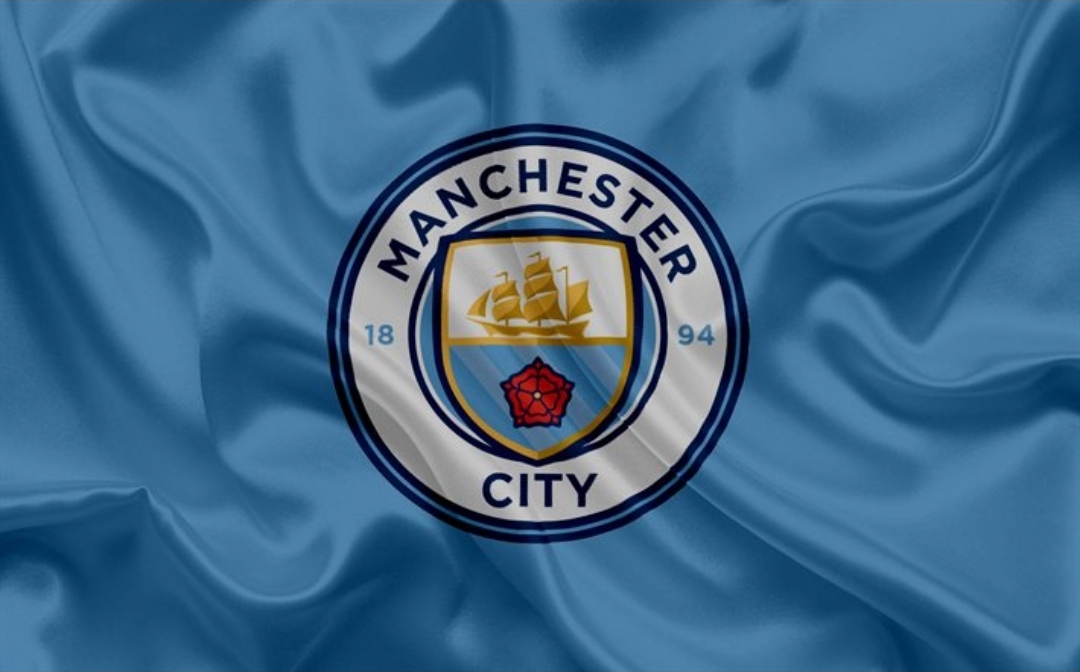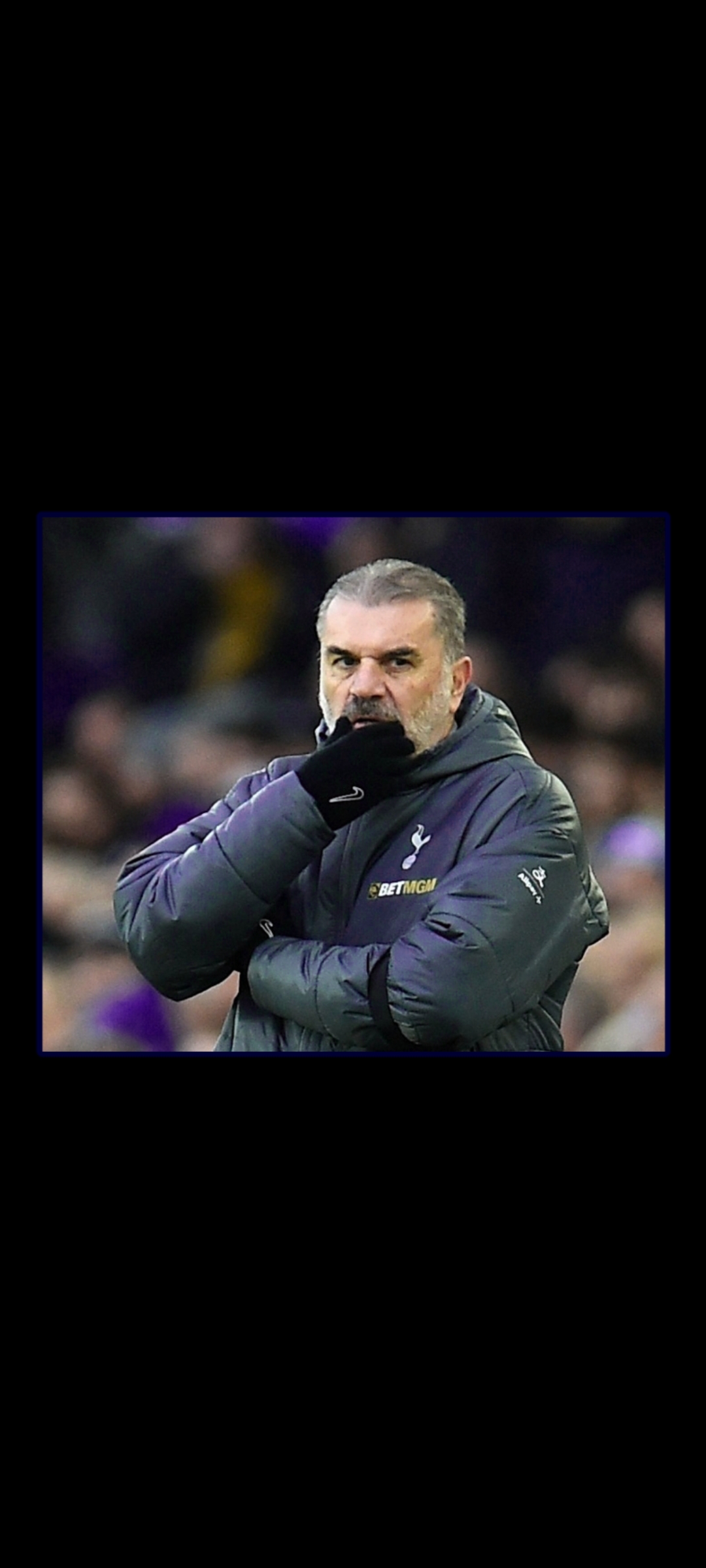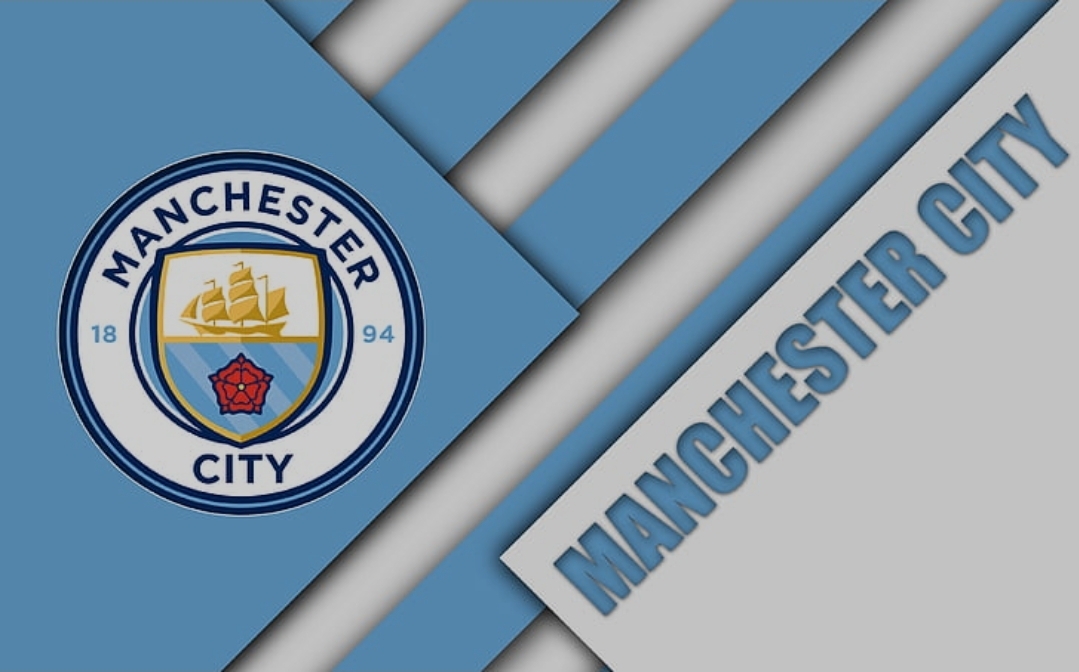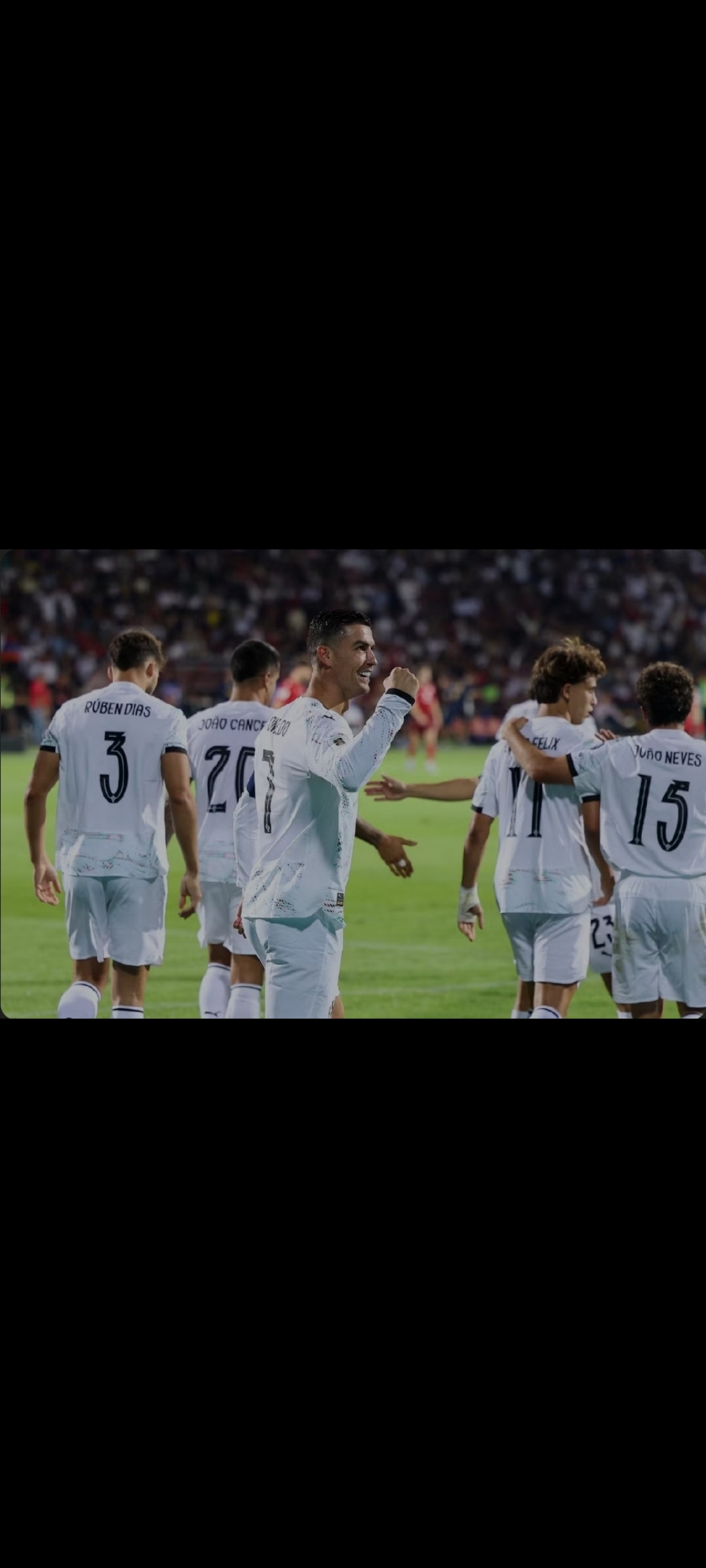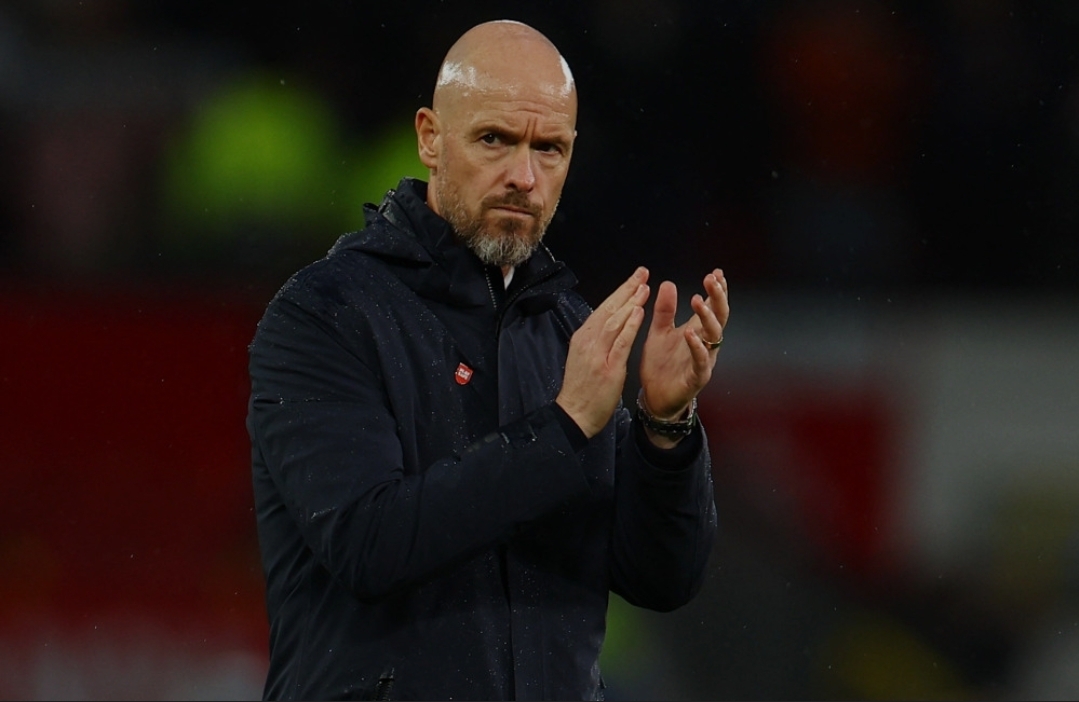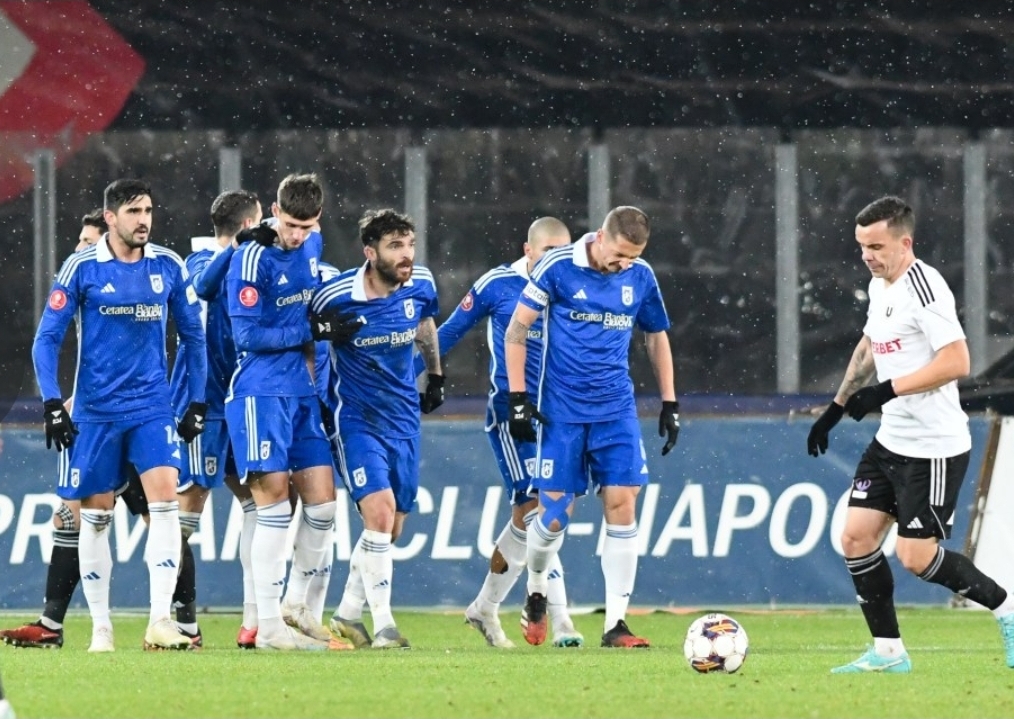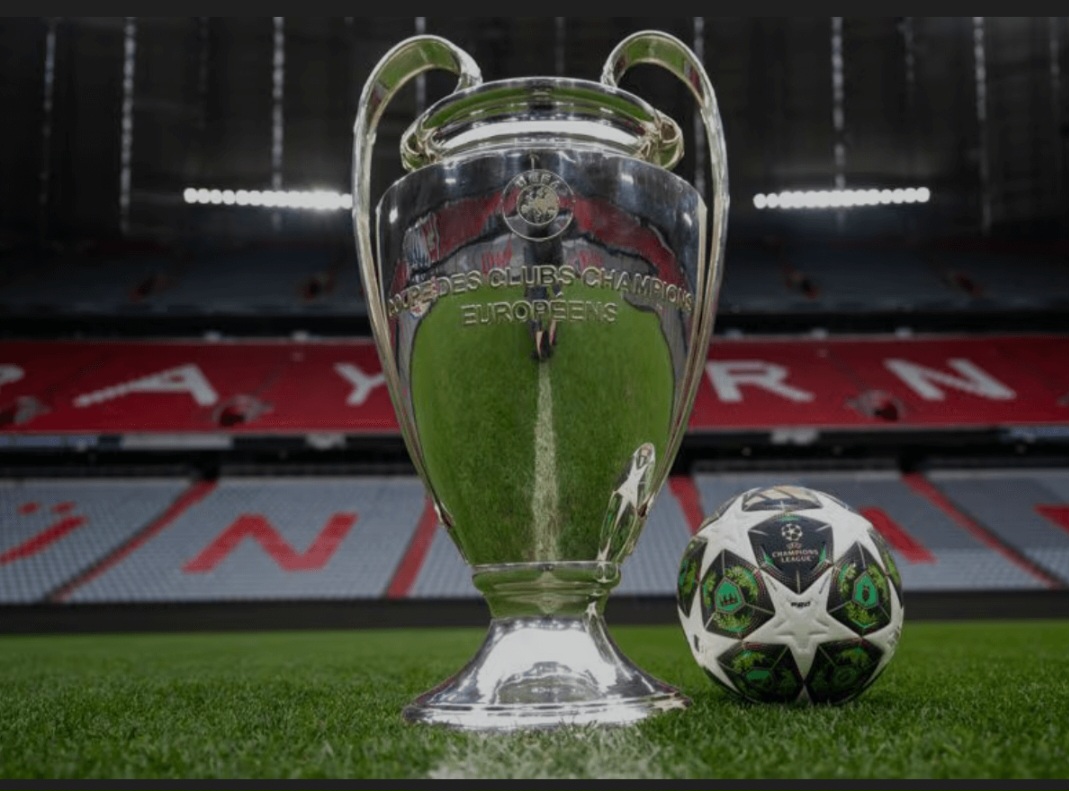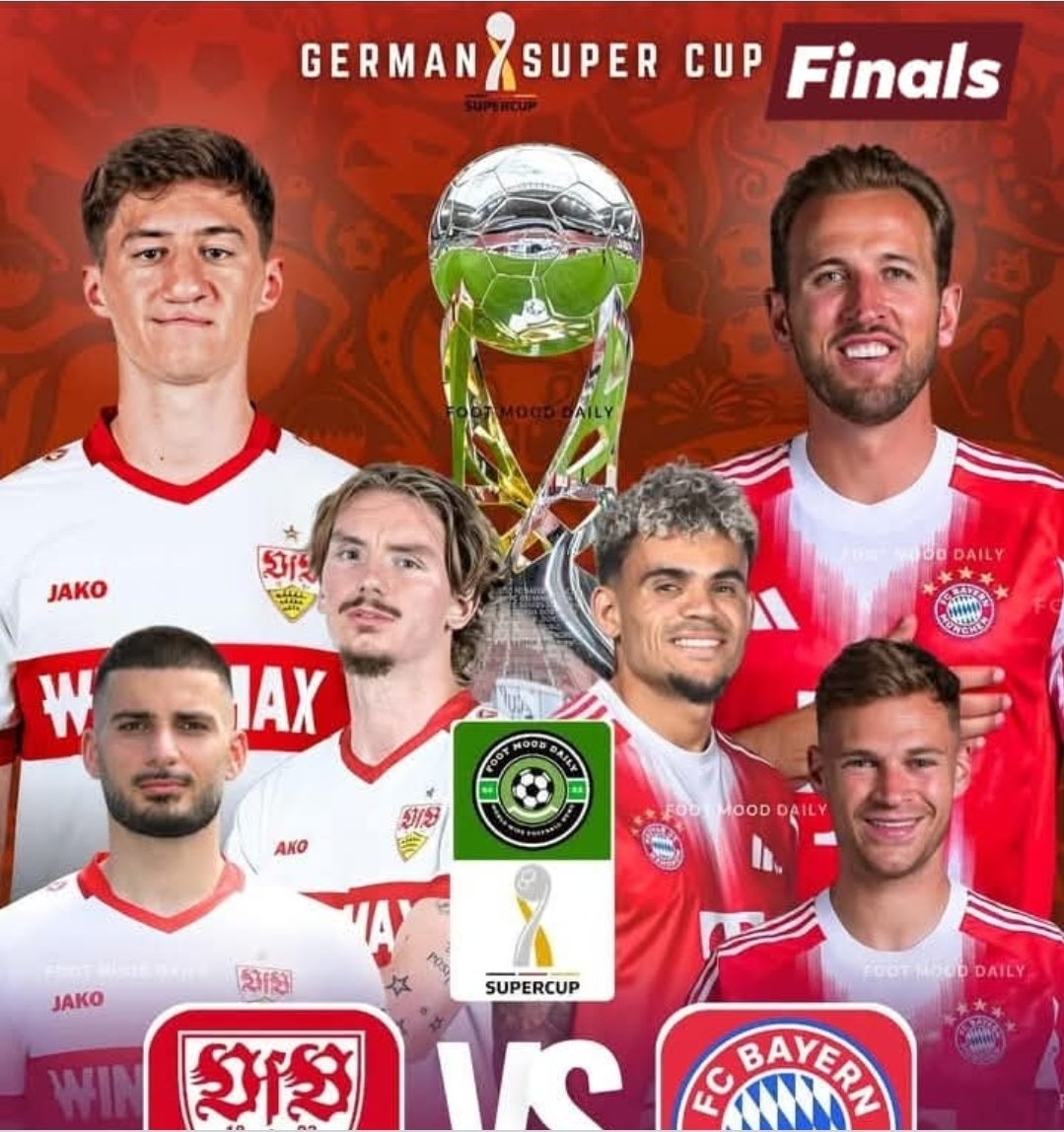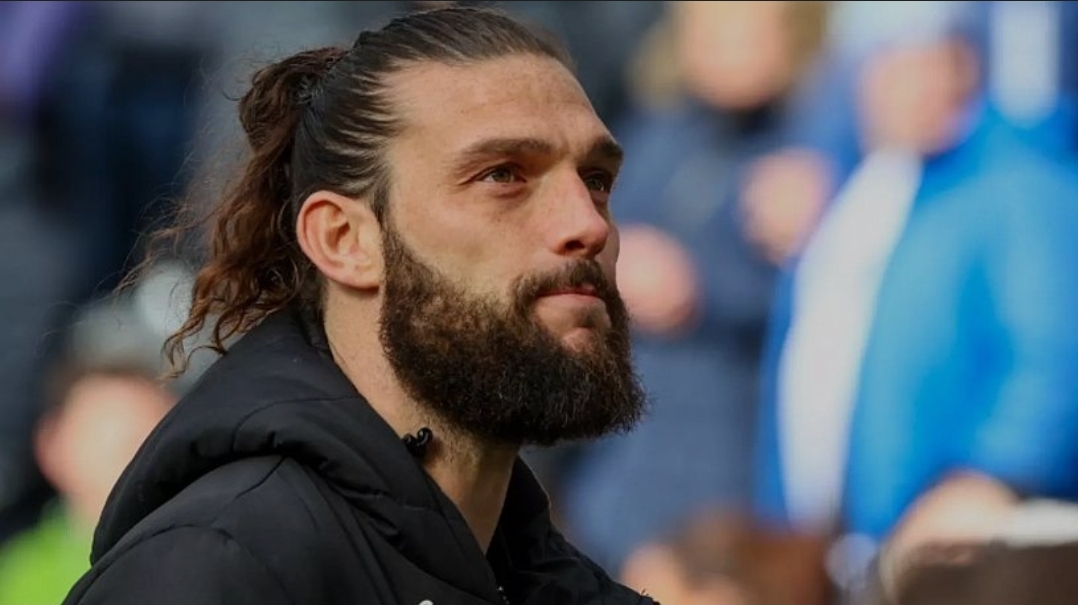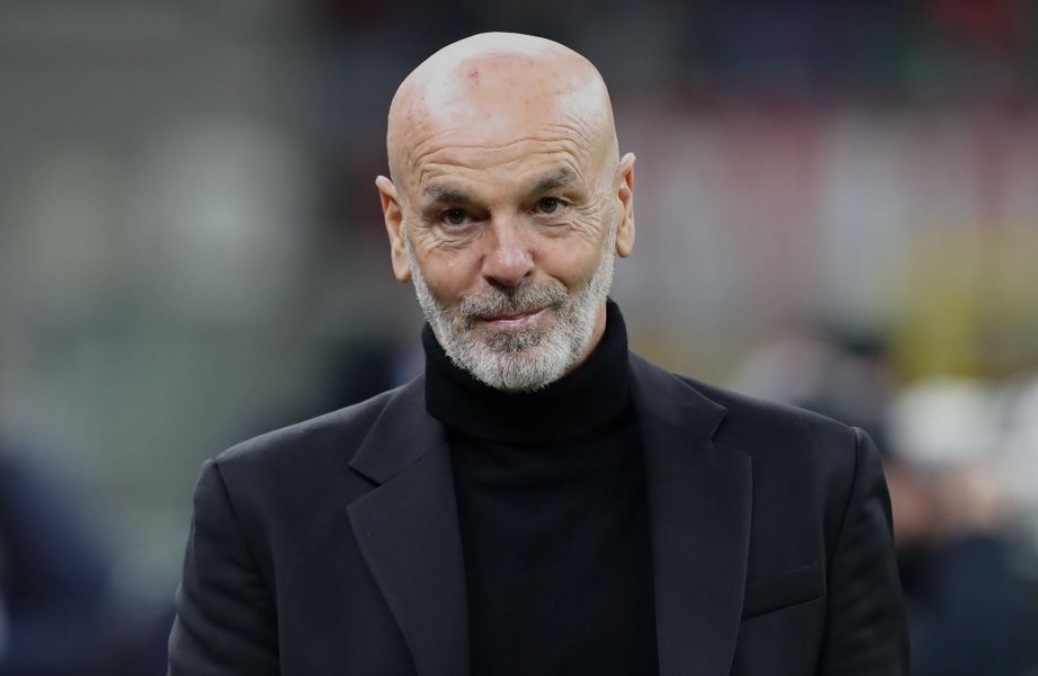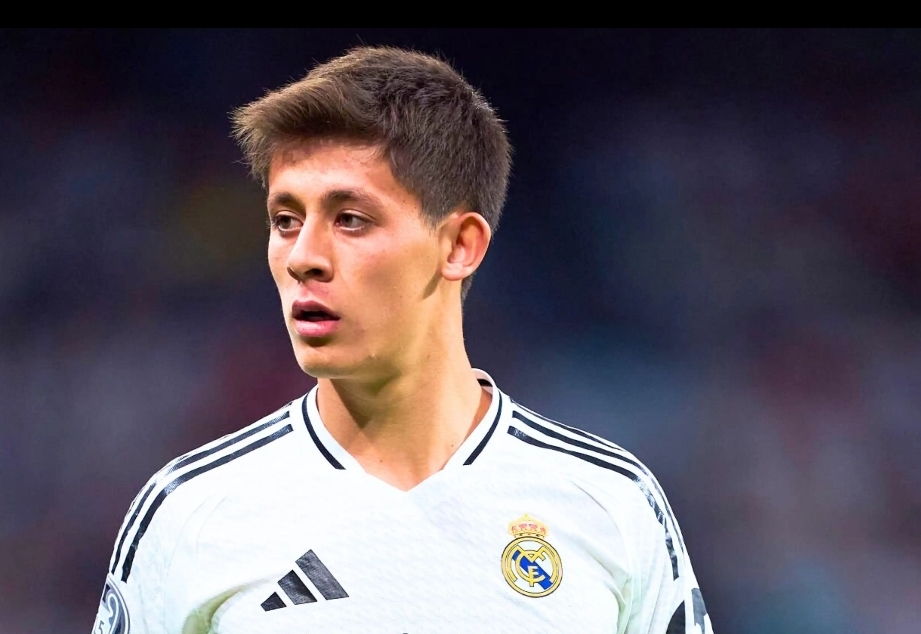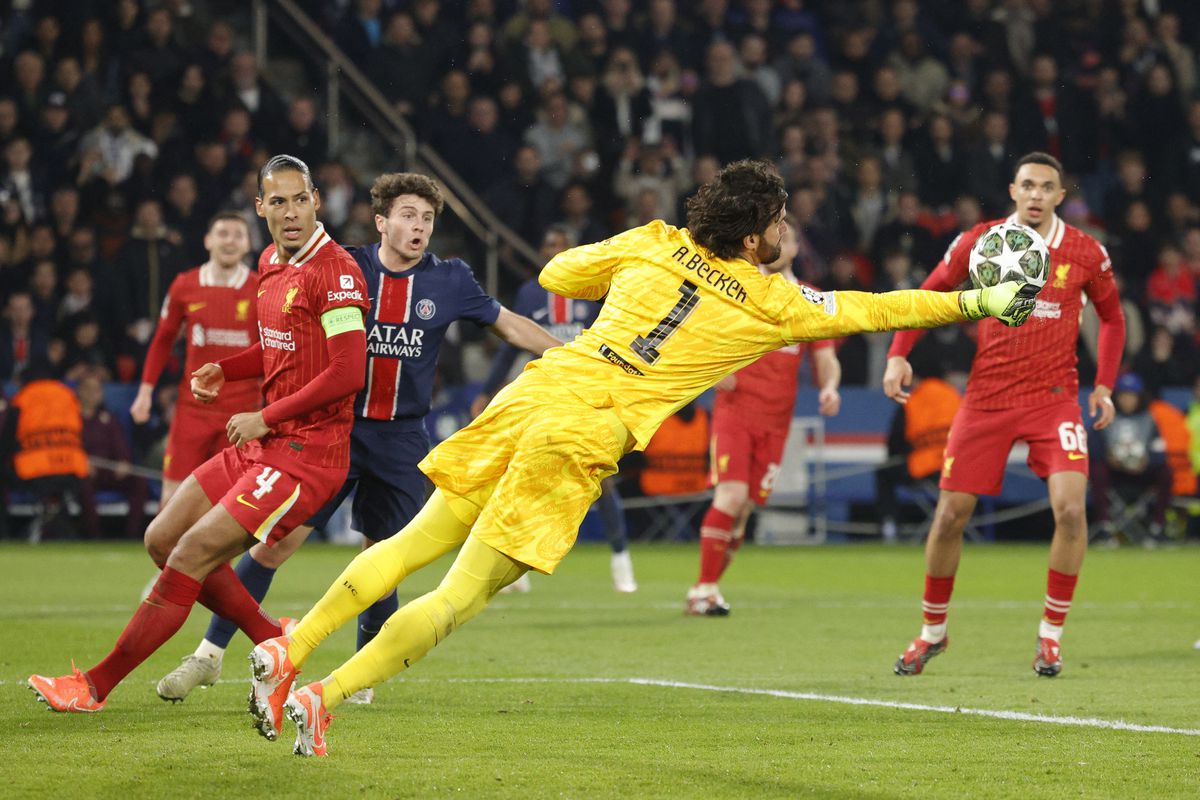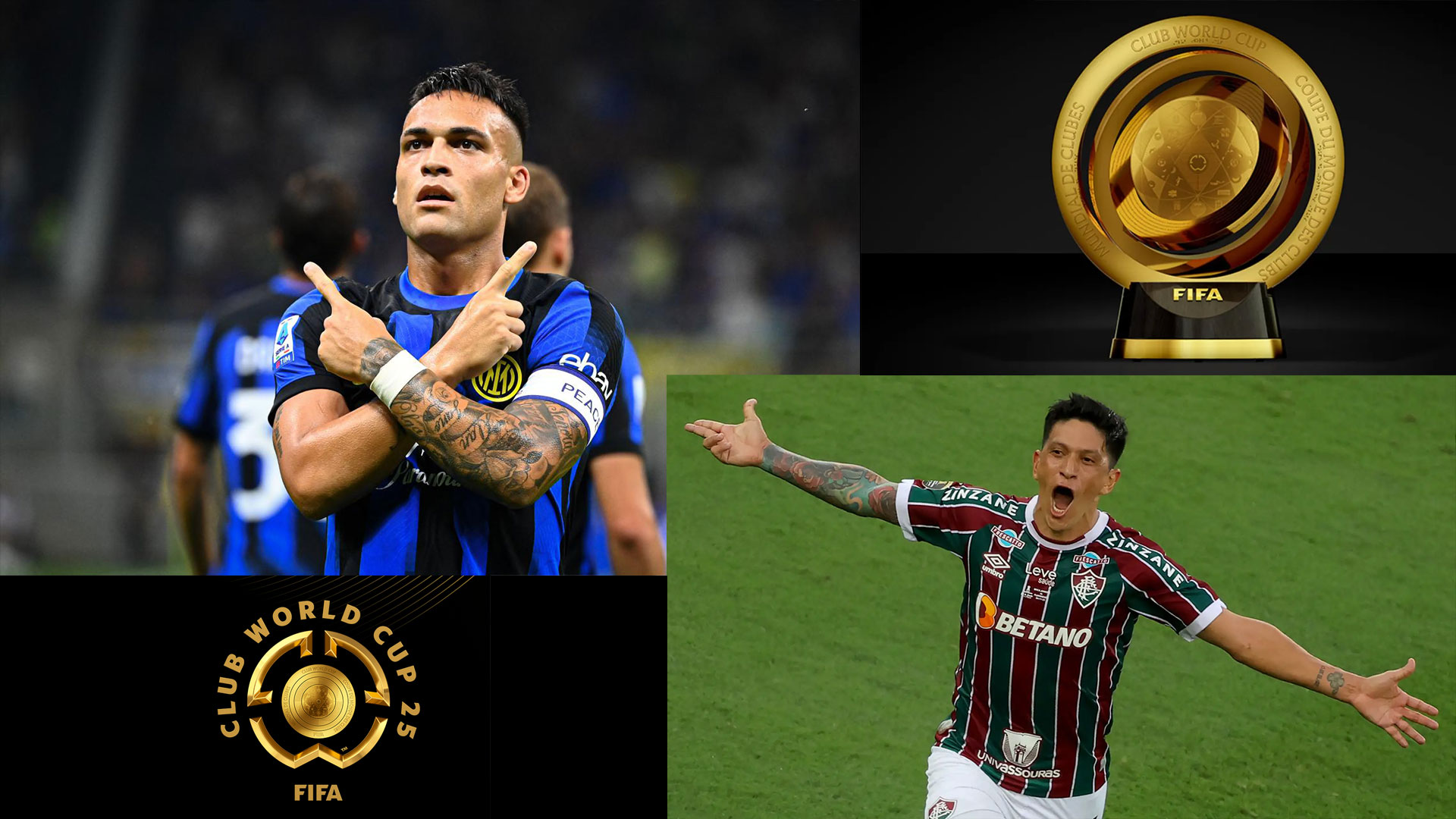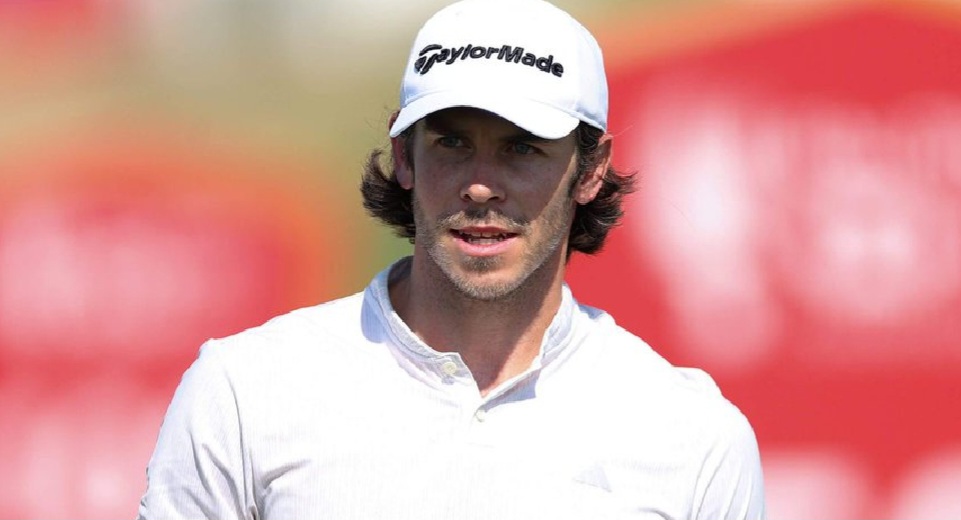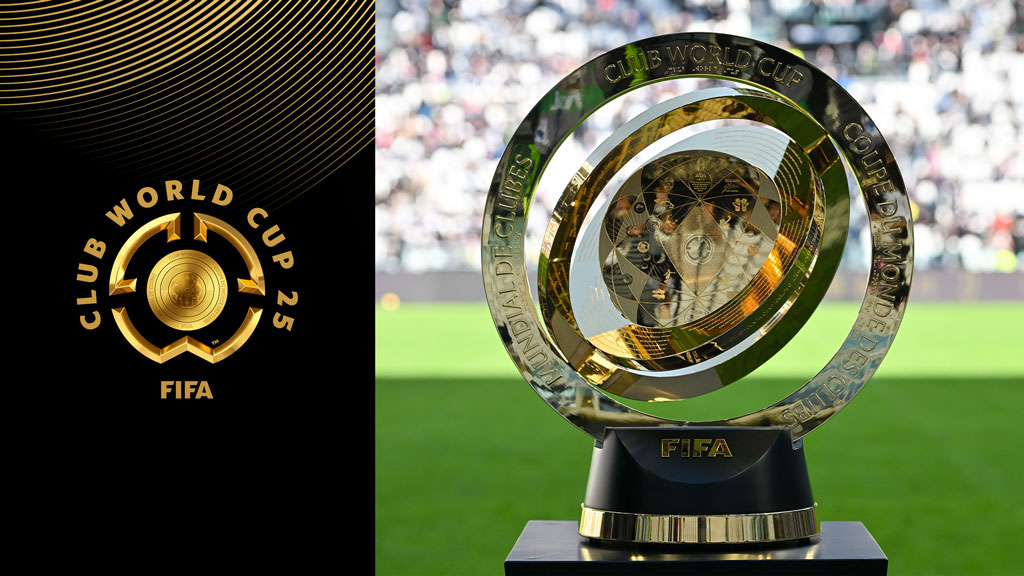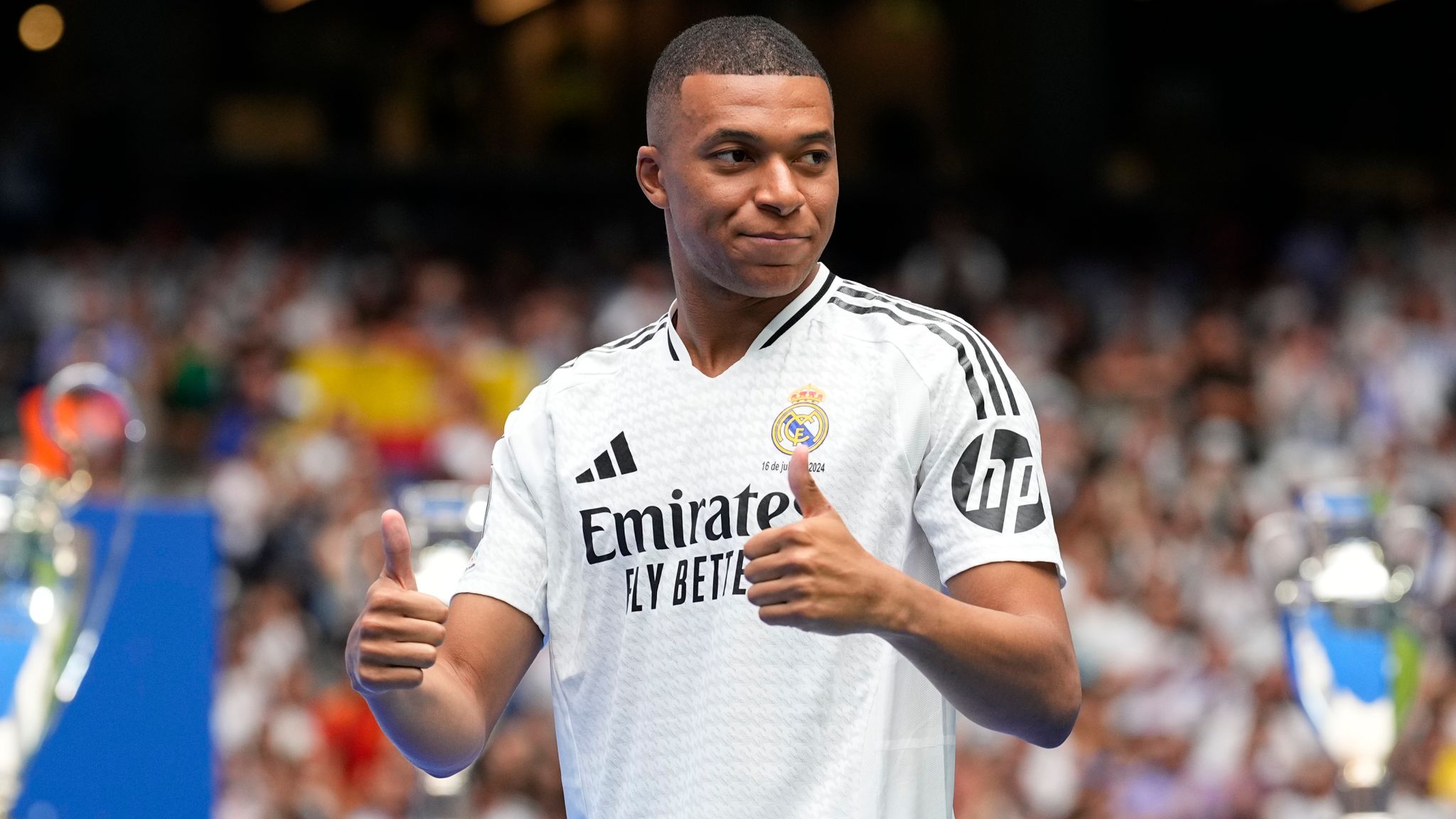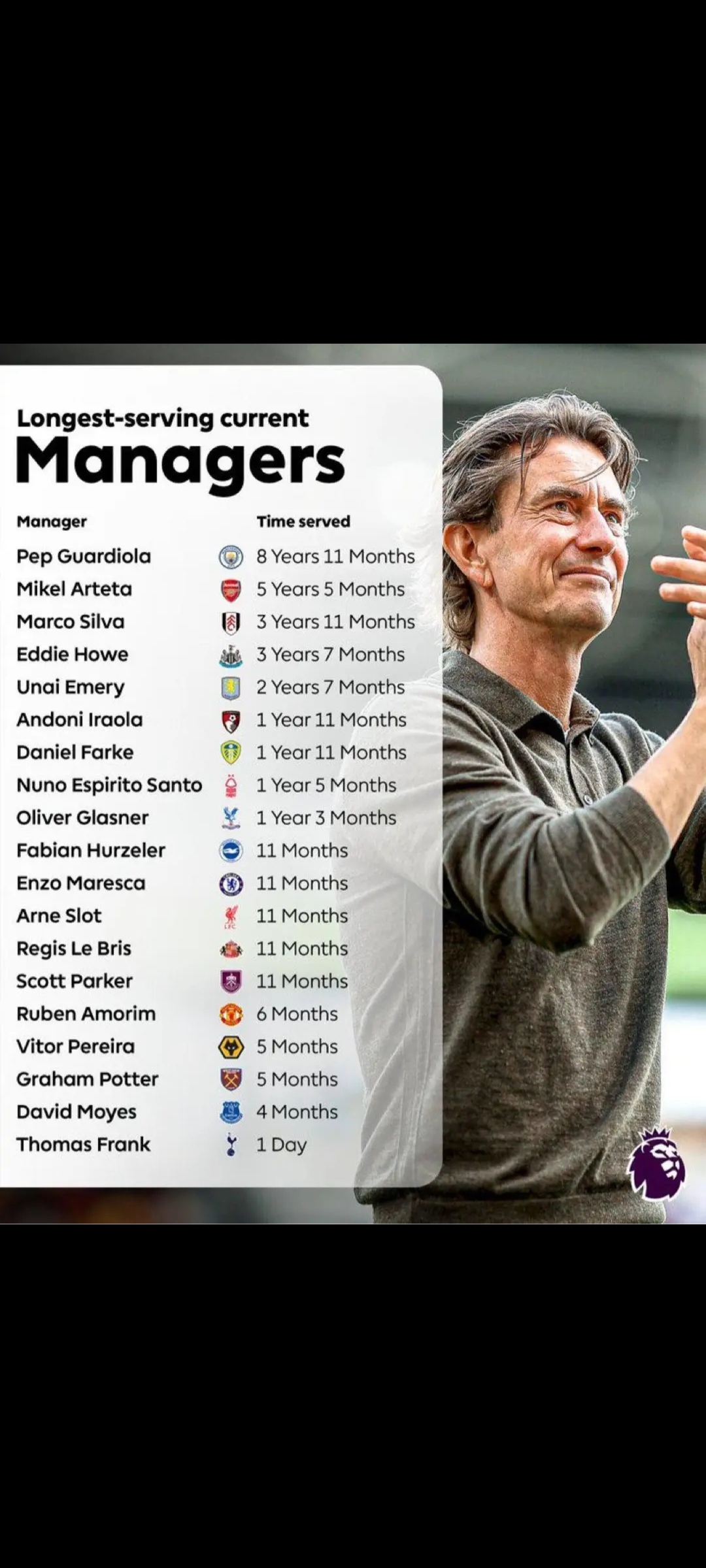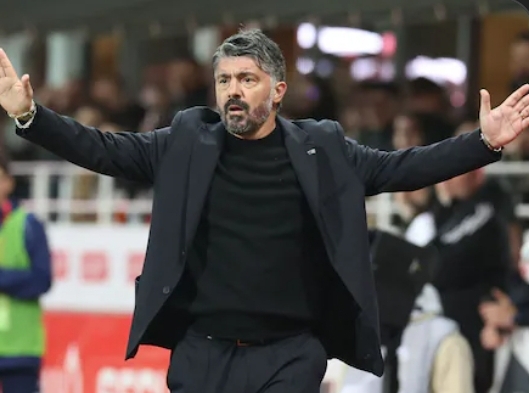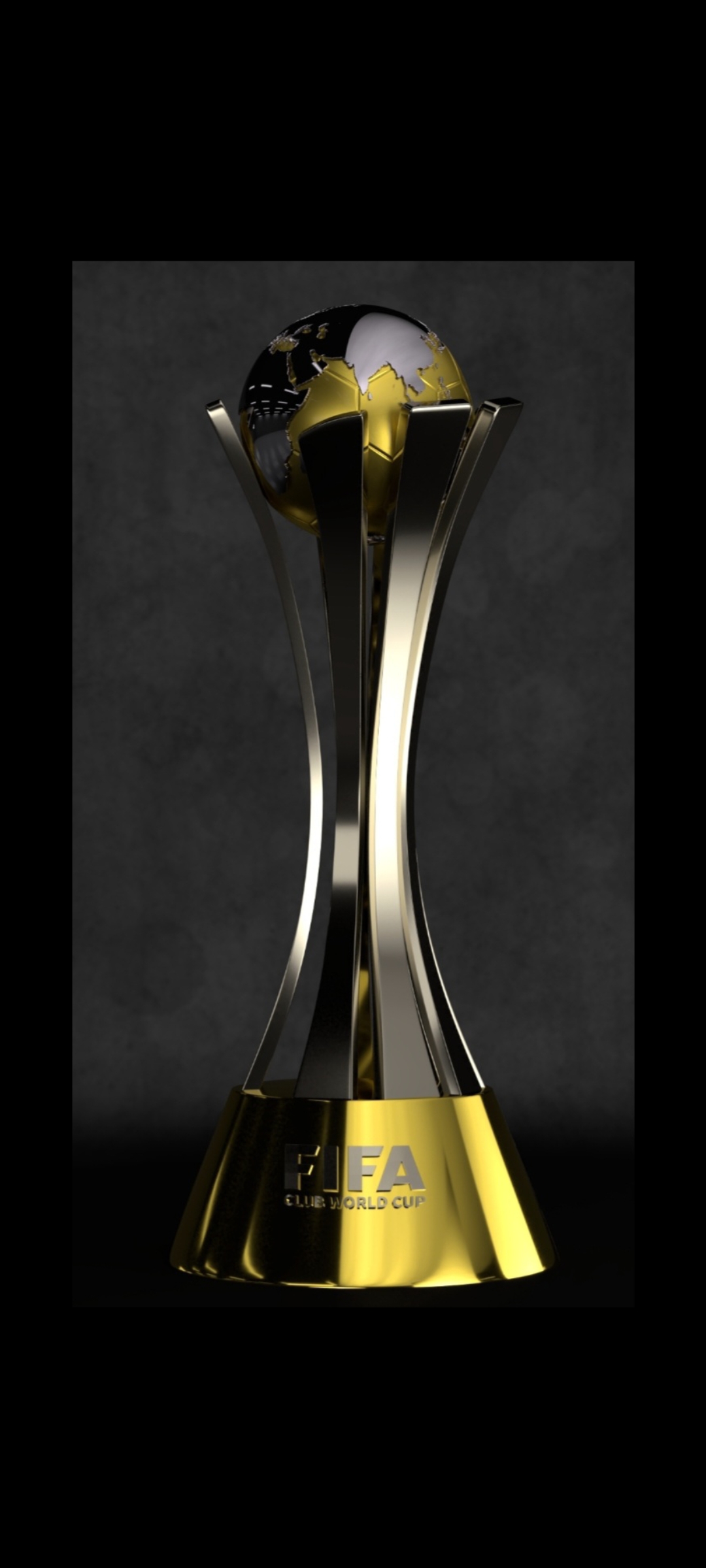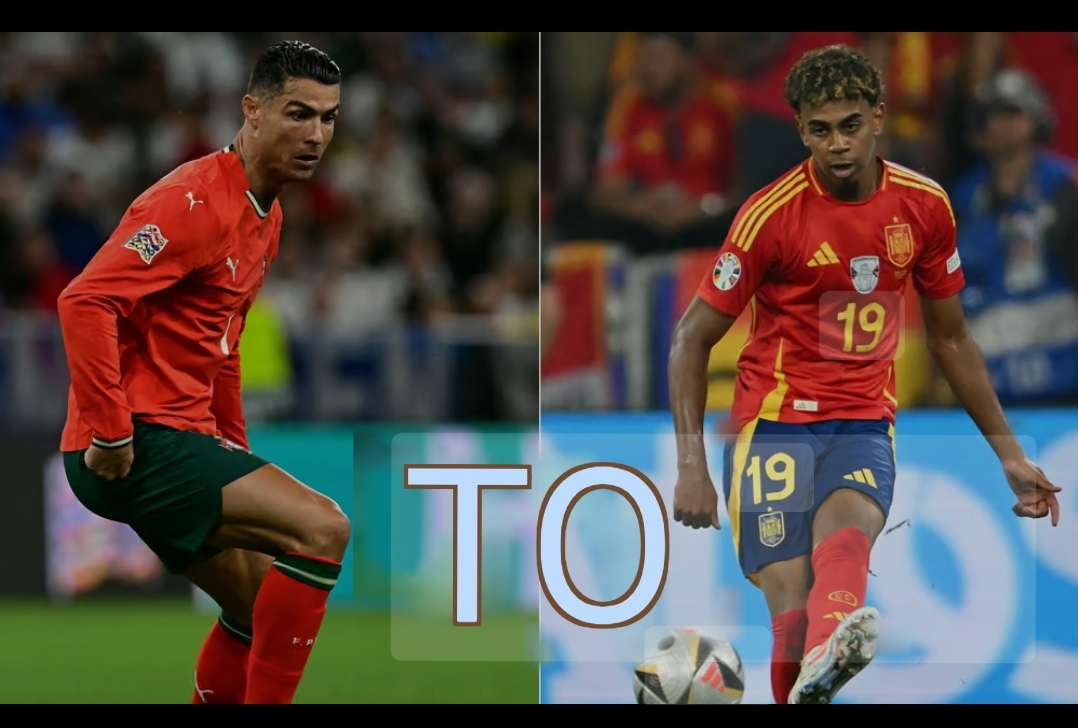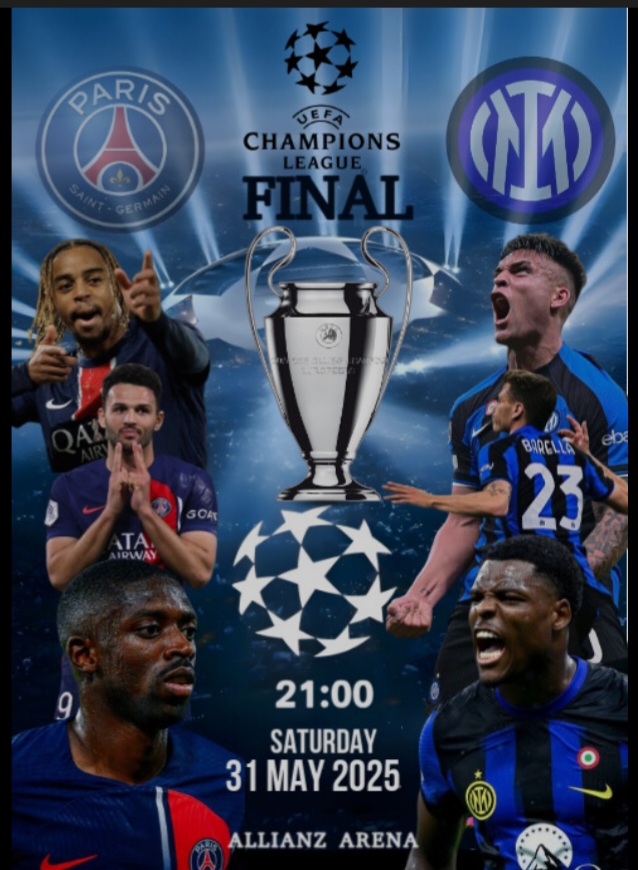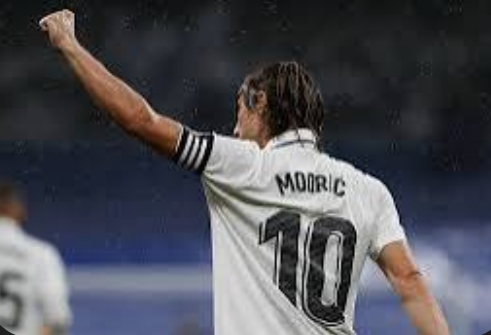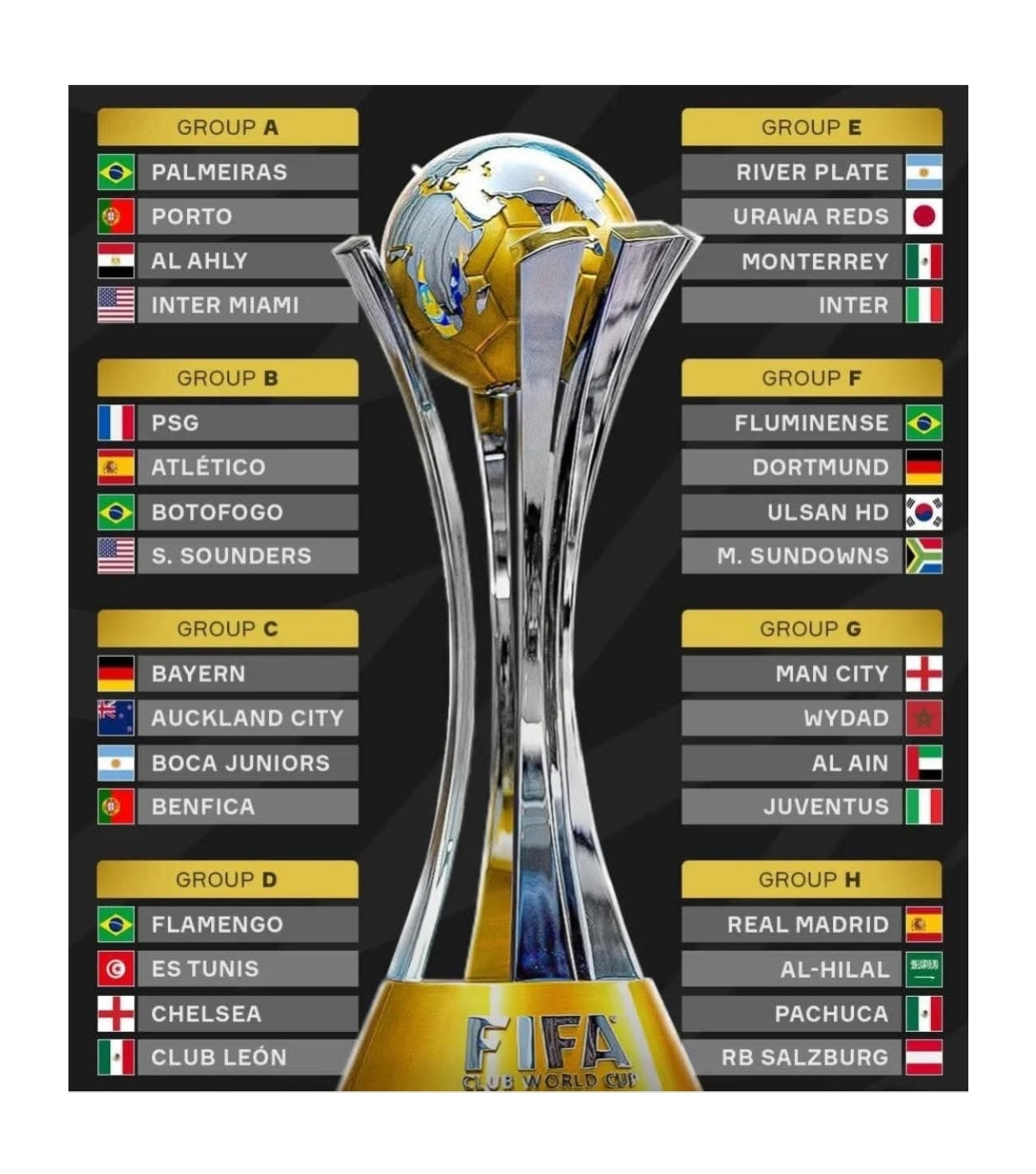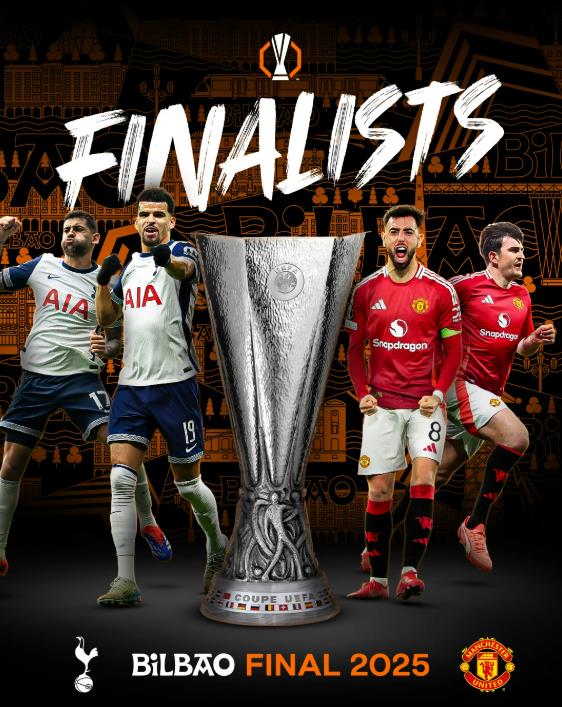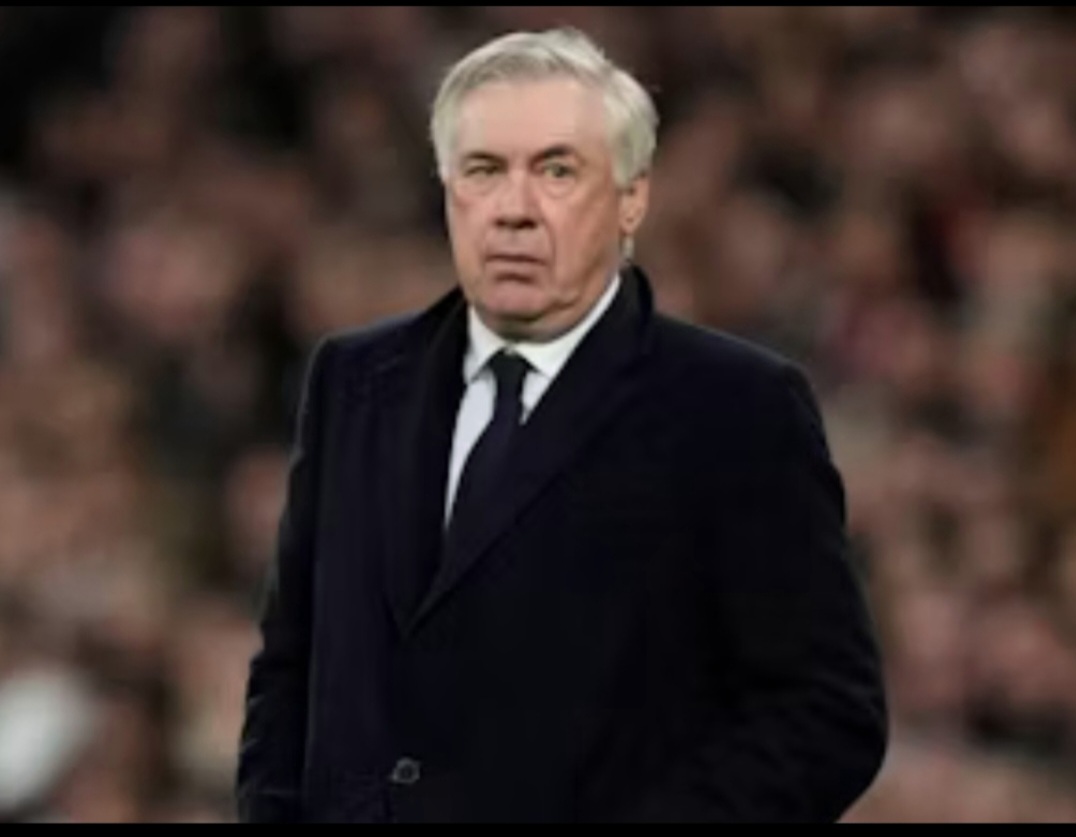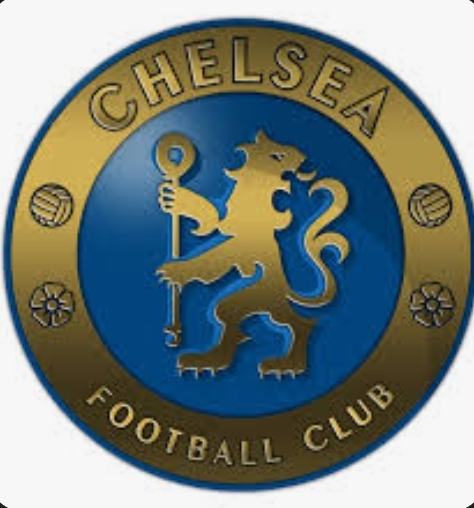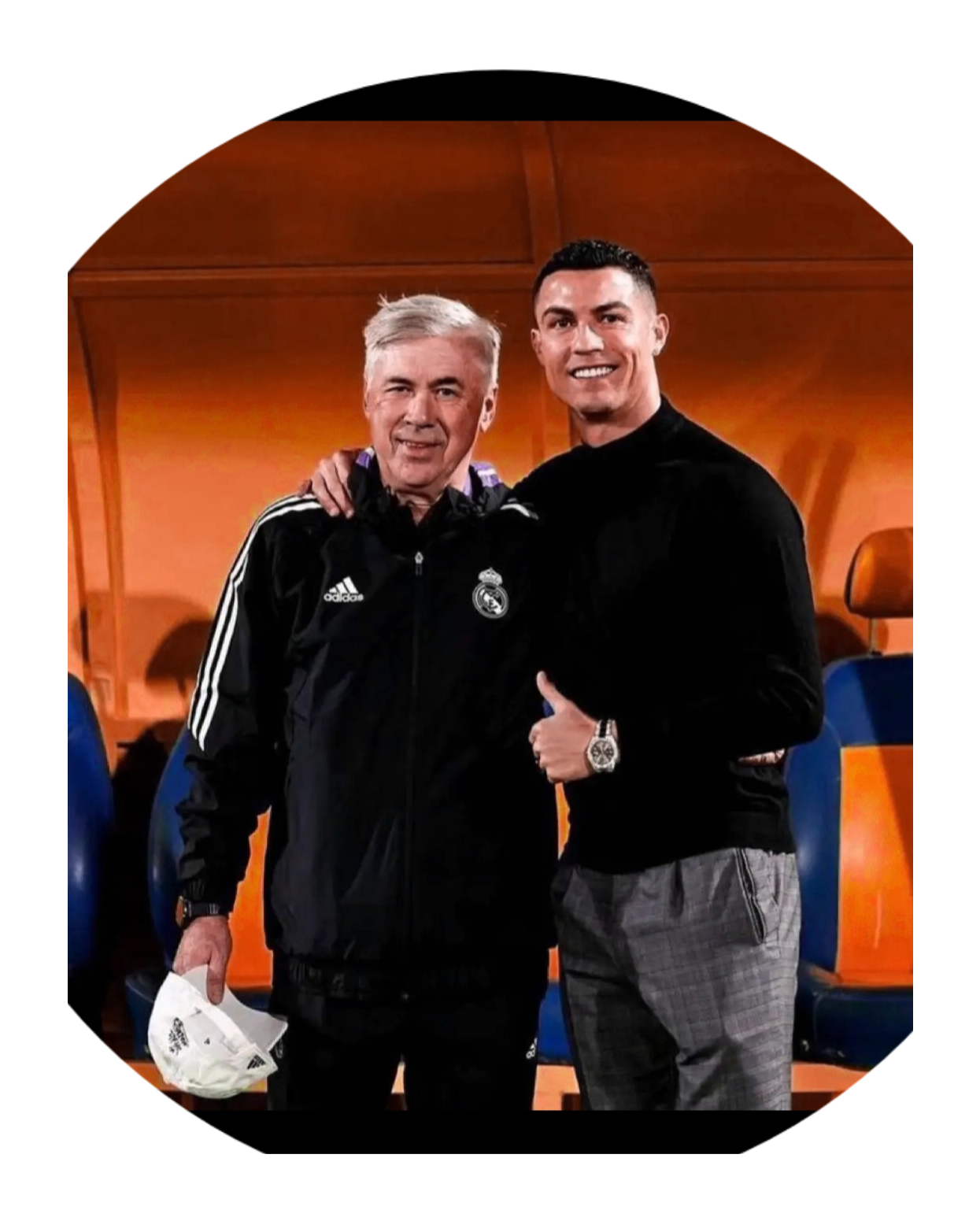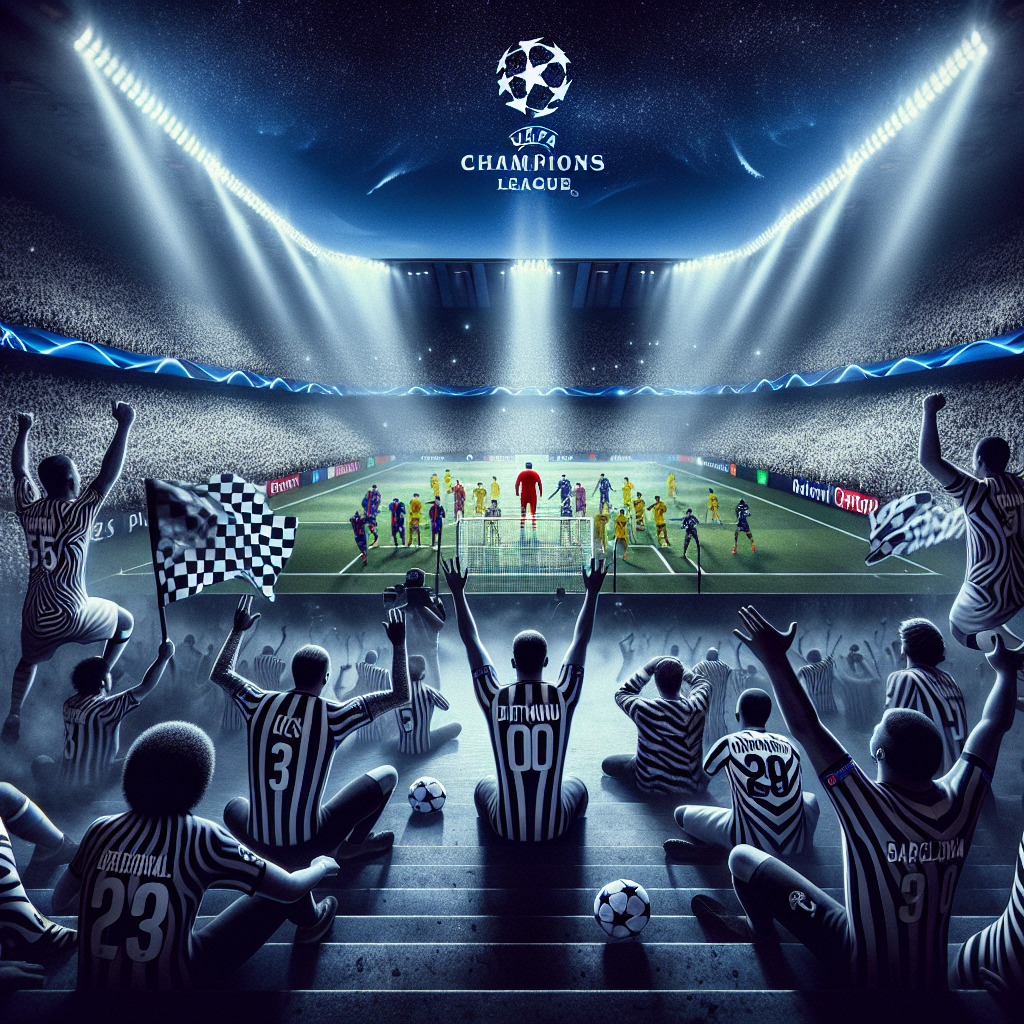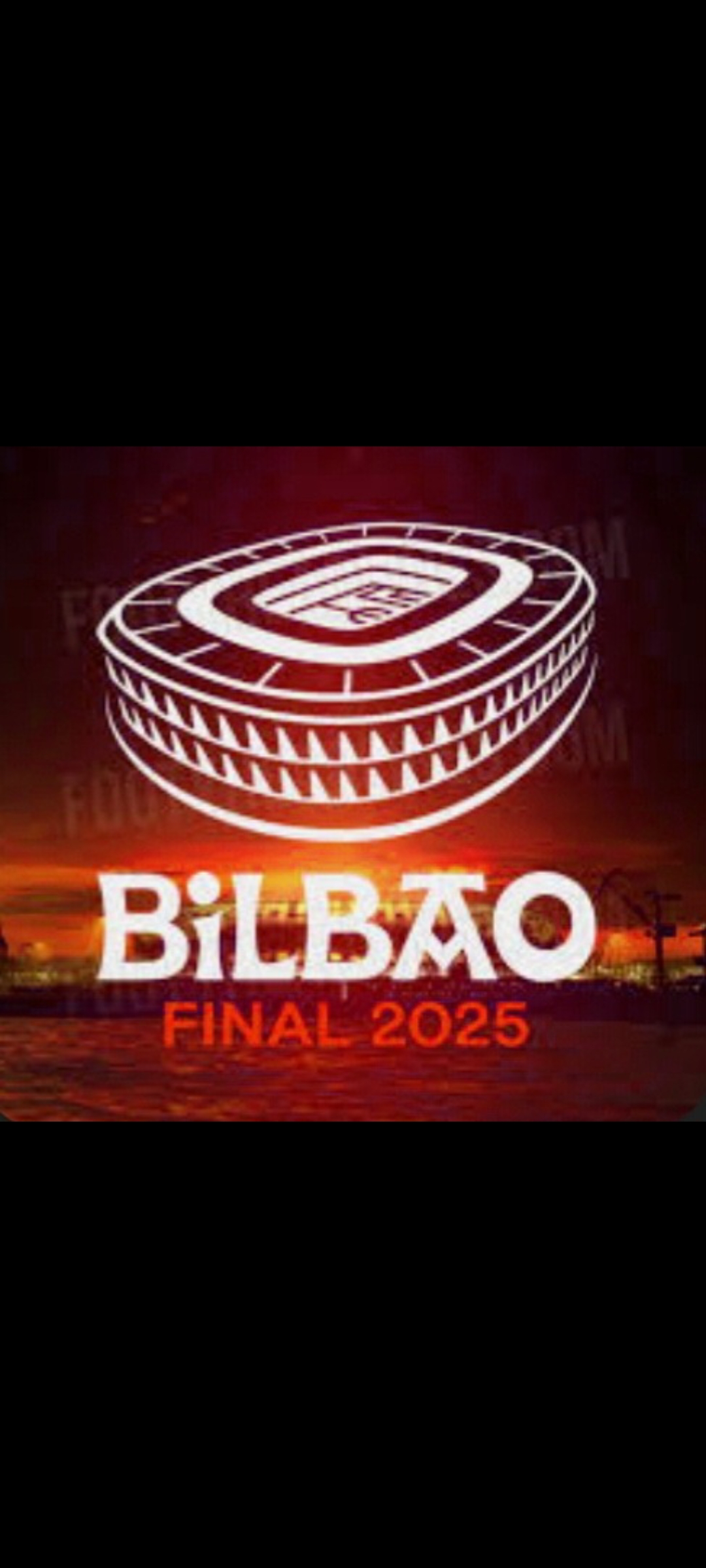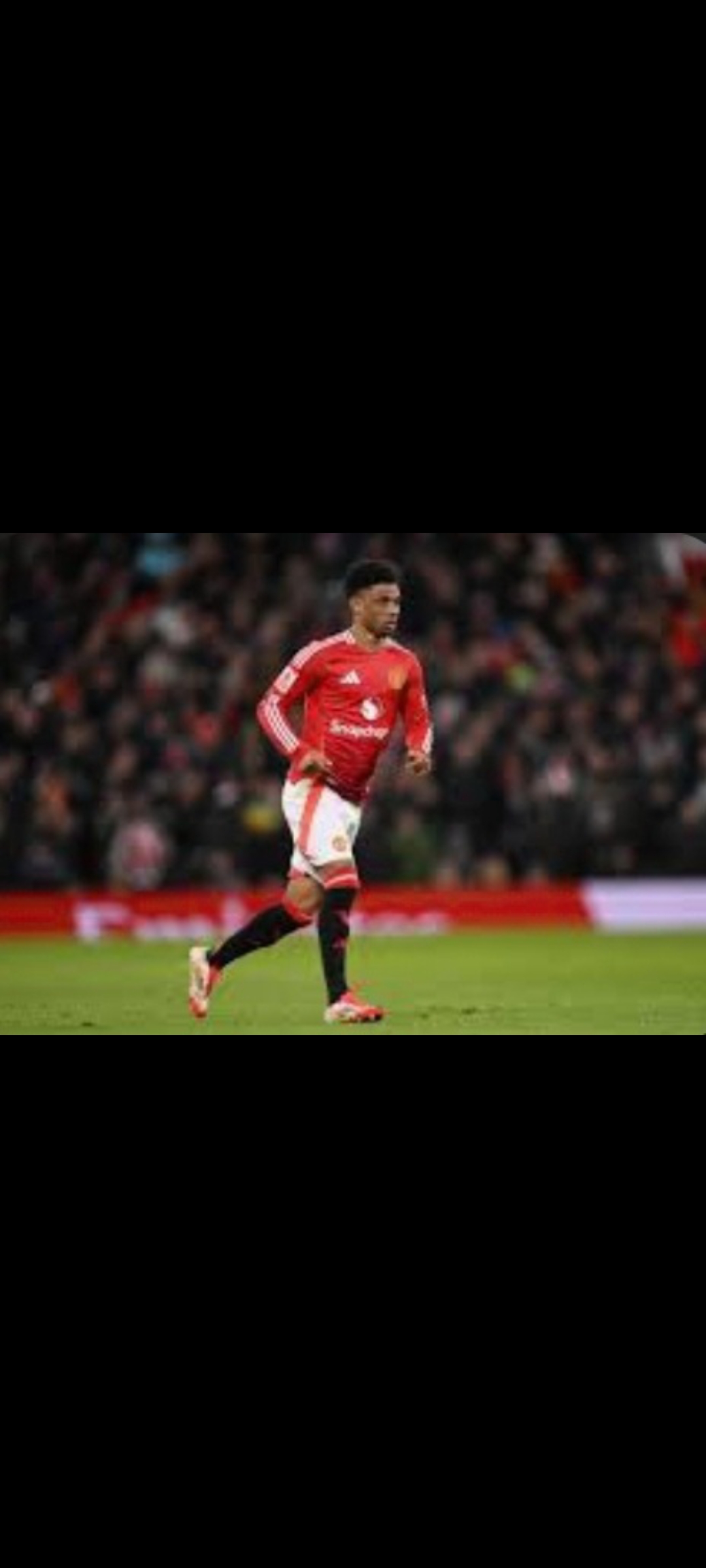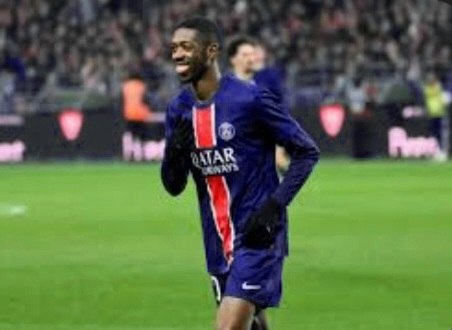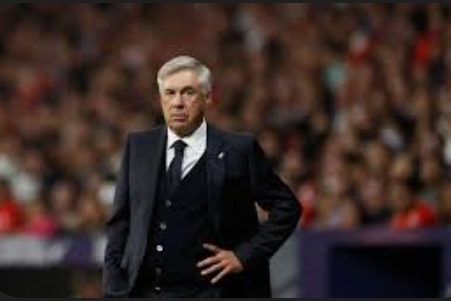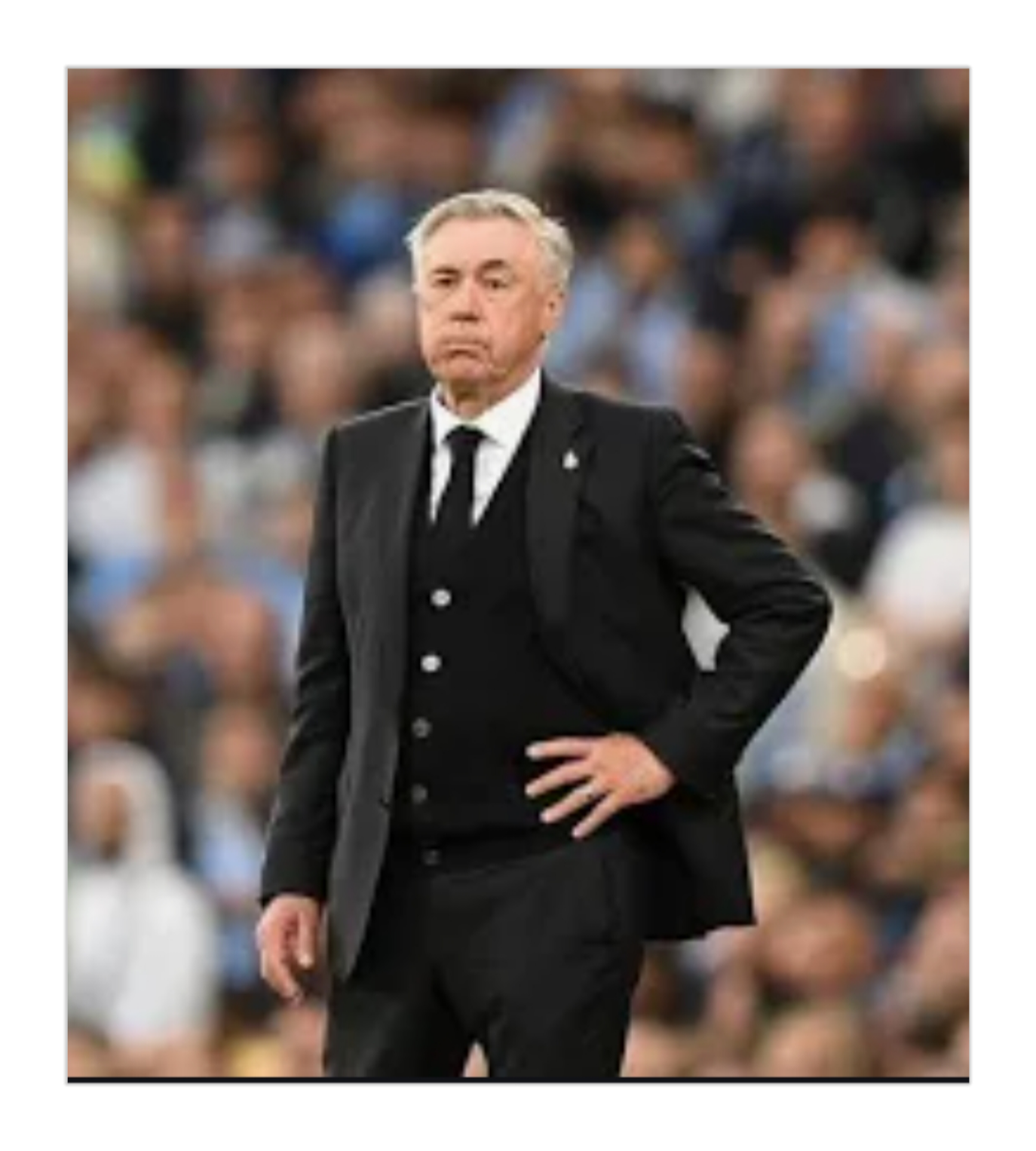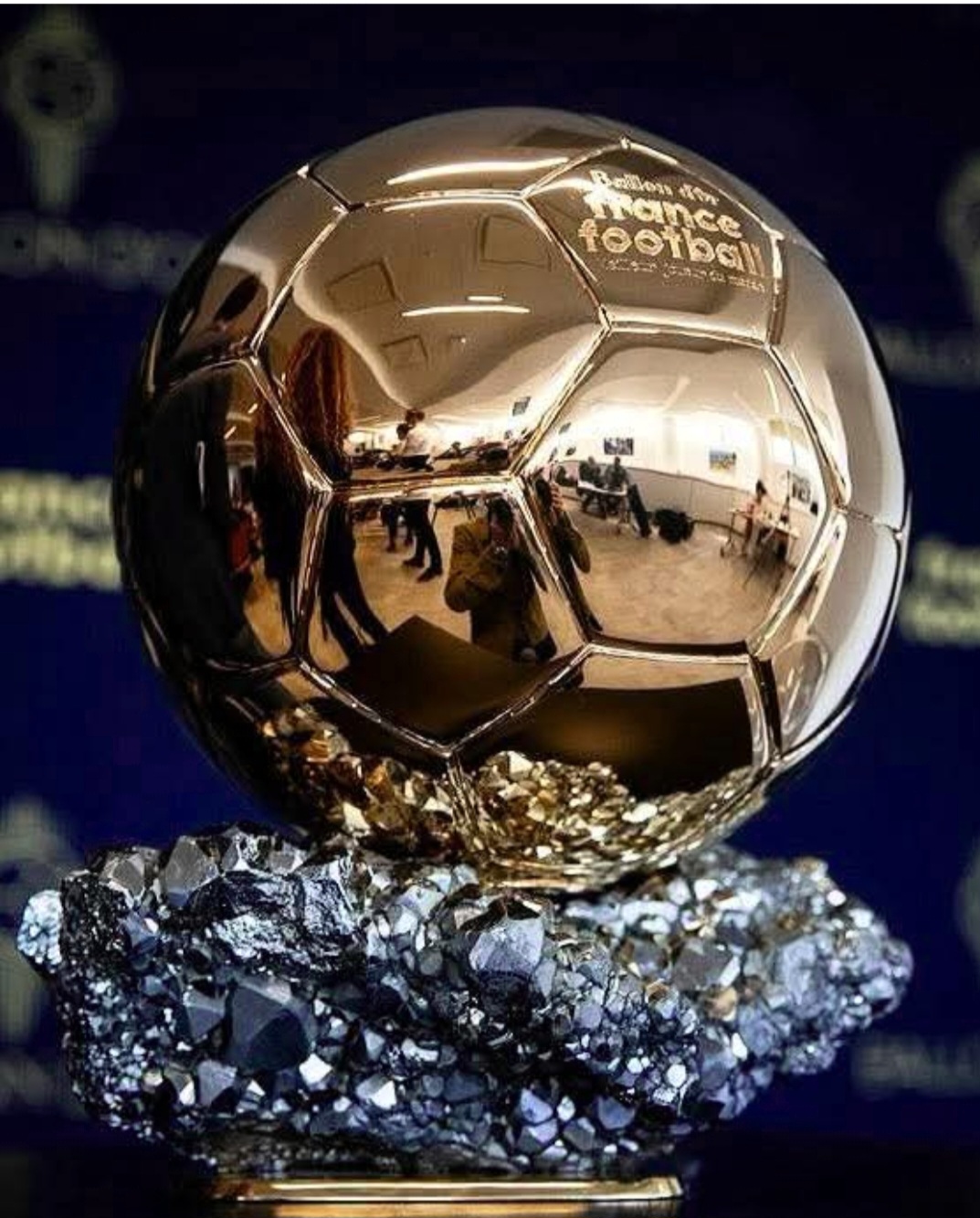
The awards for 2025 will be presented on Sept. 22 in Paris, UEFA said Monday.
This time, the ceremony does not clash with international match dates in women’s soccer when players are on mandatory duty in camp with national teams.
Who are the top contenders?
The Independent’s top five contenders for the 2025 Ballon d’Or :
1. Mohamed Salah
2. Ousmane Dembele
3. Lamine Yamal
4. Raphinha
5. Lautaro Martinez
Evolution Of The Ballon D’Or: From Its Inception To Modern Day
The Ballon d’Or, one of the most prestigious individual awards in the world of football, has a rich history that reflects the evolution of the sport itself. Established in 1956 by France Football, the award was initially conceived to honor the best European footballer of the year. Over the decades, it has undergone significant transformations, adapting to the changing landscape of global football and expanding its scope to include players from all over the world.
In its early years, the Ballon d’Or was exclusively awarded to European players, a reflection of the continent’s dominance in the sport during that era. The inaugural winner, Stanley Matthews of Blackpool, set the precedent for recognizing individual excellence on the field. As the award gained prestige, it became a coveted accolade for players aspiring to etch their names in football history. The 1960s and 1970s saw legendary figures such as Johan Cruyff, George Best, and Franz Beckenbauer claim the honor, each leaving an indelible mark on the game.
The 1990s marked a pivotal shift in the award’s history. In 1995, the eligibility criteria were expanded to include non-European players who played for European clubs. This change acknowledged the growing influence of international talent in European leagues and allowed players like George Weah, the first non-European winner, to be recognized for their contributions. This period also saw the rise of players like Ronaldo and Zinedine Zidane, whose performances captivated audiences worldwide and underscored the global nature of the sport.
As the new millennium dawned, the Ballon d’Or continued to evolve. In 2007, the award’s scope was further broadened to include players from all continents, regardless of their club affiliations. This change was a testament to the increasingly interconnected world of football, where talent from every corner of the globe could shine on the international stage. The merger of the Ballon d’Or with the FIFA World Player of the Year award in 2010, creating the FIFA Ballon d’Or, was another significant development. This collaboration aimed to unify the recognition of the world’s best player, although it was short-lived, as the partnership ended in 2016.
In recent years, the Ballon d’Or has been dominated by two extraordinary talents: Lionel Messi and Cristiano Ronaldo. Their fierce rivalry and unparalleled achievements have captivated fans and set new standards of excellence. The award has also adapted to contemporary issues, such as the introduction of the Ballon d’Or Féminin in 2018, which honors the best female footballer, reflecting the growing recognition and importance of women’s football.
Throughout its history, the Ballon d’Or has mirrored the evolution of football, adapting to changes in the sport and society. It has celebrated the achievements of players who have not only excelled individually but have also inspired millions with their skill, dedication, and passion. As football continues to evolve, the Ballon d’Or remains a symbol of excellence, a testament to the enduring allure of the beautiful game, and a reminder of the sport’s ability to transcend borders and unite people across the globe.



